The New York World’s Fair of 1964 was a massive event that drew people from all over the world. It was held in Flushing Meadows-Corona Park in Queens, New York. The Fair opened on April 22, 1964, and ran until October 18, 1964. It opened again for a second season from April 21, 1965, to October 17, 1965. The Fair was organized to showcase new ideas, innovations, and cultural exhibits from around the globe.
Preparation and Planning
The planning for the New York World’s Fair began years before the opening day. Robert Moses, a powerful city planner, played a crucial role in bringing the Fair to New York. He envisioned the event as a way to develop Flushing Meadows-Corona Park, a site that had been used for the 1939 World’s Fair. Moses wanted to transform the area into a park that would benefit the city long after the Fair ended.
To fund the Fair, organizers sought participation from countries, corporations, and states. Many companies saw the Fair as an opportunity to showcase their latest products and technologies. Several countries also participated, although fewer than expected due to the Fair not being officially sanctioned by the Bureau of International Expositions (BIE). This lack of official recognition limited international participation.
Read more
The Theme: “Peace Through Understanding”
The Fair’s theme, “Peace Through Understanding,” was meant to promote global unity and human progress. The Unisphere, a giant steel globe, became the symbol of the Fair and represented this theme. Standing at 140 feet tall, the Unisphere was located at the center of the Fairgrounds. It symbolized the global community coming together and was one of the most memorable landmarks of the Fair.
Features and Attractions
The Fair was divided into several zones, each showcasing different aspects of culture, technology, and progress. The major zones included the Industrial Zone, the International Zone, and the Federal and State Zone.
The Industrial Zone featured pavilions from major American corporations. Companies like General Motors, IBM, and RCA built large, elaborate displays. The General Motors pavilion, known as “Futurama II,” was one of the most popular attractions. Visitors sat in moving chairs and were taken on a journey through a model of the future. They saw cities, transportation systems, and space colonies that were imagined for the 21st century.
IBM’s pavilion showcased early computer technology. Visitors could interact with computers and see demonstrations of how these machines could solve complex problems. This pavilion highlighted the growing role of computers in business and daily life.
The International Zone featured pavilions from countries around the world. Despite the limited international participation, many countries made a significant impact with their exhibits. The Vatican Pavilion was one of the most notable, displaying Michelangelo’s *Pietà*, a famous sculpture that was carefully transported to New York for the Fair. The Pavilion of Japan impressed visitors with its traditional architecture and displays of Japanese culture and technology.
Other countries, such as Spain, showcased their cultural heritage with art, dance, and music performances. The International Zone gave visitors a glimpse into the traditions and innovations of various nations.
The Federal and State Zone included pavilions from different U.S. states and the federal government. The U.S. Space Park was a highlight, featuring real spacecraft and exhibits about the ongoing space race. Visitors could see models of rockets, space capsules, and other equipment used in NASA’s missions. The Space Park underscored the United States’ commitment to space exploration and technological advancement.
Several states also participated, showcasing their unique attractions and industries. The New York State Pavilion, with its futuristic “Tent of Tomorrow,” was particularly memorable. It featured a giant map of New York State and offered views of the Fair from observation towers.
People and Celebrations
Millions of people attended the New York World’s Fair, making it one of the largest events of the decade. Families, students, and tourists flocked to the Fairgrounds to see the exhibits and experience the latest in technology and culture. The Fair was a celebration of innovation, with daily events, parades, and performances.
Music and entertainment were central to the Fair’s festivities. The fairgrounds hosted concerts by popular musicians of the time, including Louis Armstrong and The Beatles. Cultural performances from different countries added to the vibrant atmosphere. Visitors could watch traditional dances, listen to international music, and enjoy a variety of performances that highlighted the diversity of cultures represented at the Fair.
The Fair also featured daily parades with floats and performers. These parades celebrated different themes, from American history to futuristic visions of the world. Special days were designated to honor different countries, states, and organizations, with ceremonies and events tailored to highlight their contributions.
Technological Innovations
One of the most exciting aspects of the New York World’s Fair was the showcase of new technologies. Visitors had the chance to see innovations that would shape the future. The introduction of color television was a major attraction, with demonstrations showing the vivid new format that would soon become standard in American homes.
Ford’s pavilion offered a ride through the “Magic Skyway,” where visitors sat in Ford convertibles and were taken on a journey through time, from the age of the dinosaurs to a futuristic city. This exhibit also hinted at the future of transportation, with concepts for cars that could drive themselves.
Disney also had a significant presence at the Fair. Walt Disney introduced several attractions that would later become staples at Disneyland and Disney World. “It’s a Small World” made its debut at the Fair, featuring animatronic dolls representing children from around the world. The Carousel of Progress, another Disney attraction, showcased the evolution of technology in the American home.


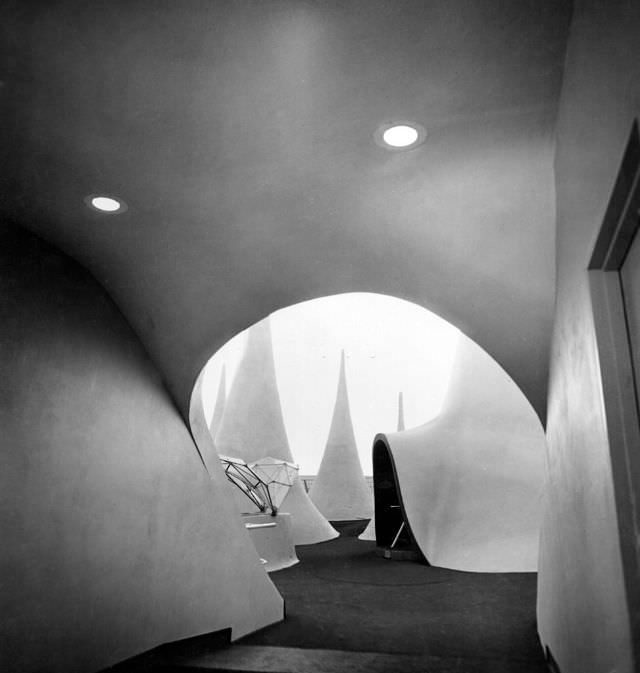
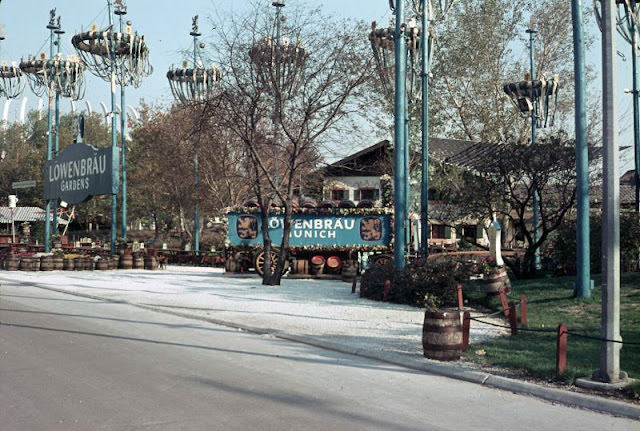
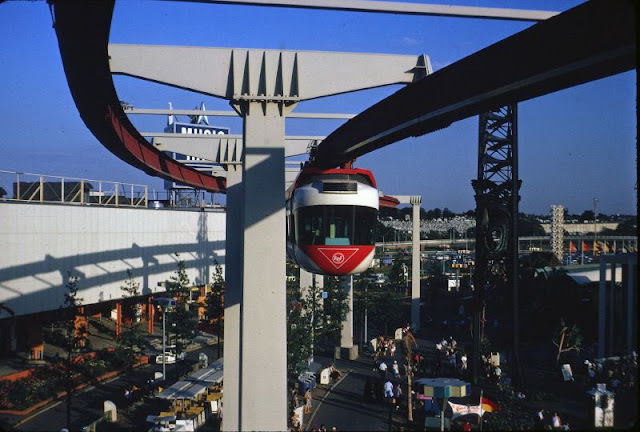
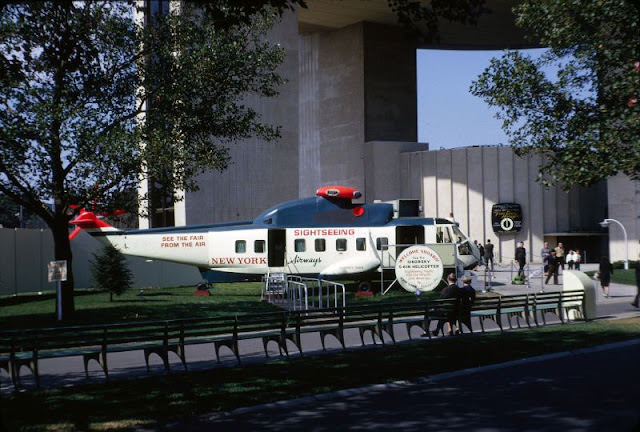
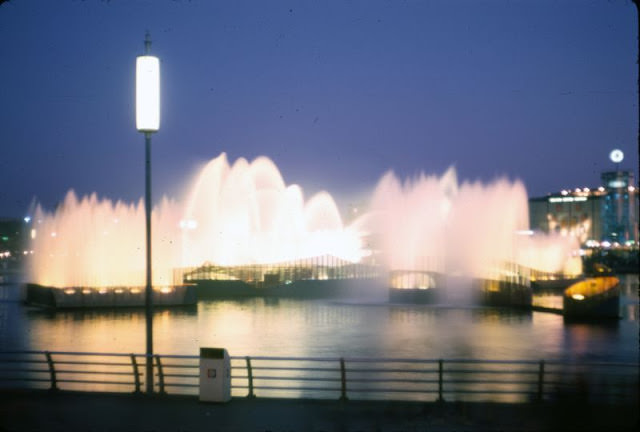
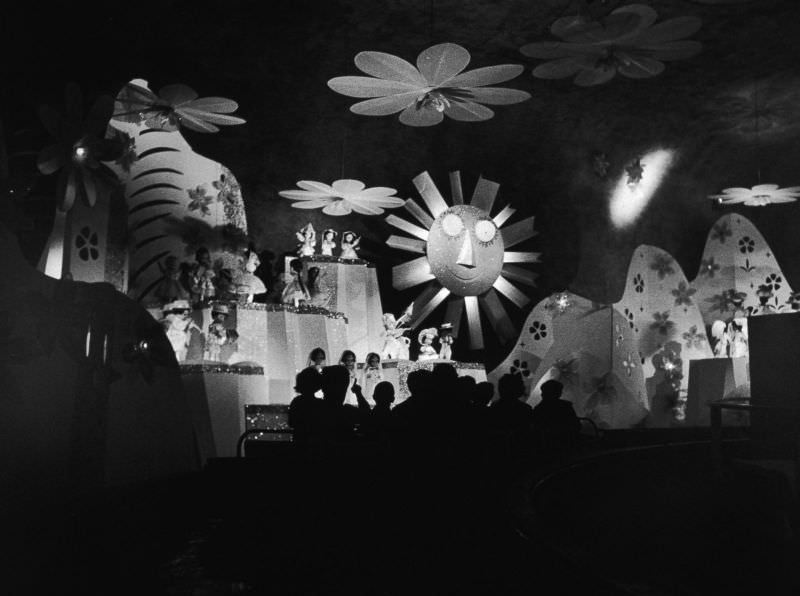
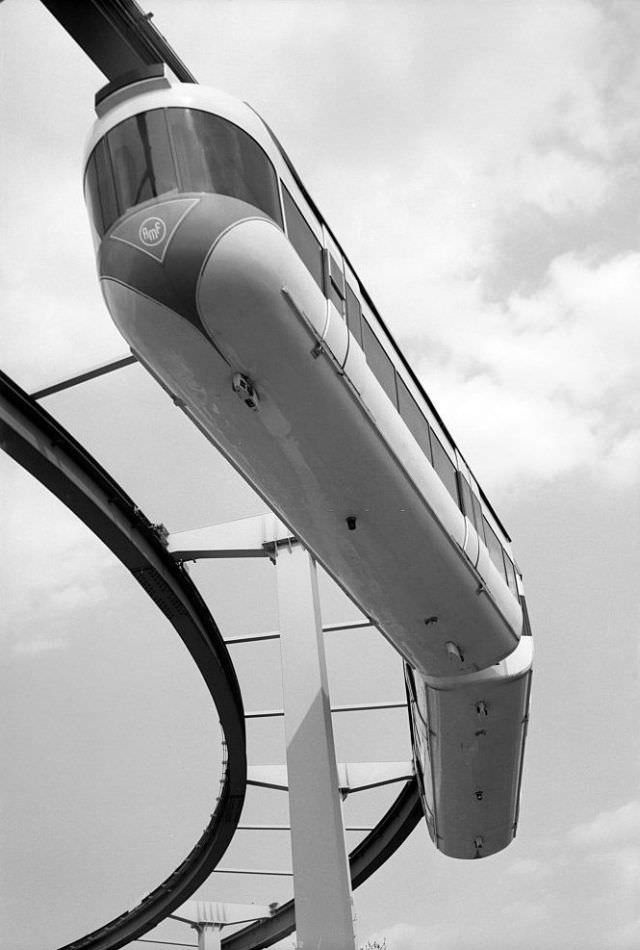
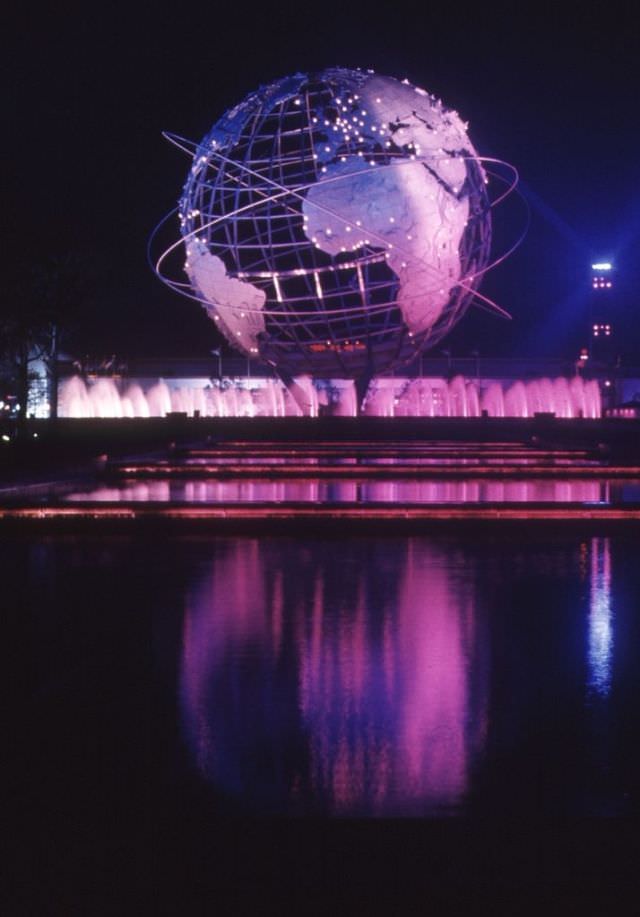
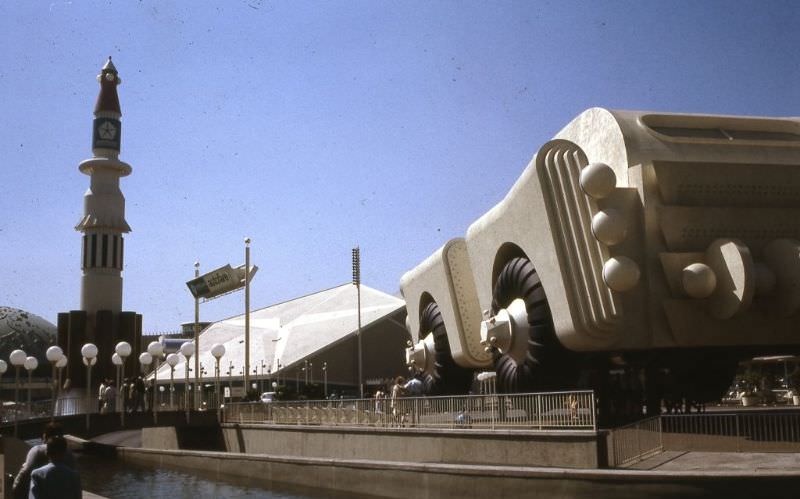
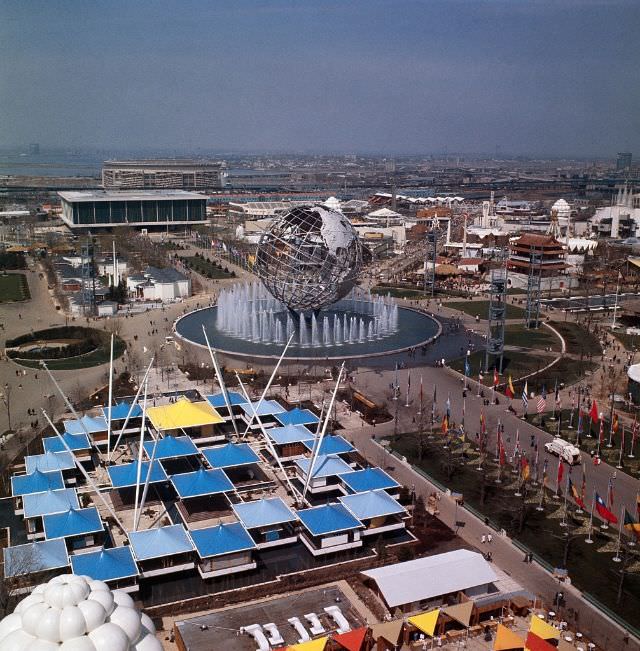
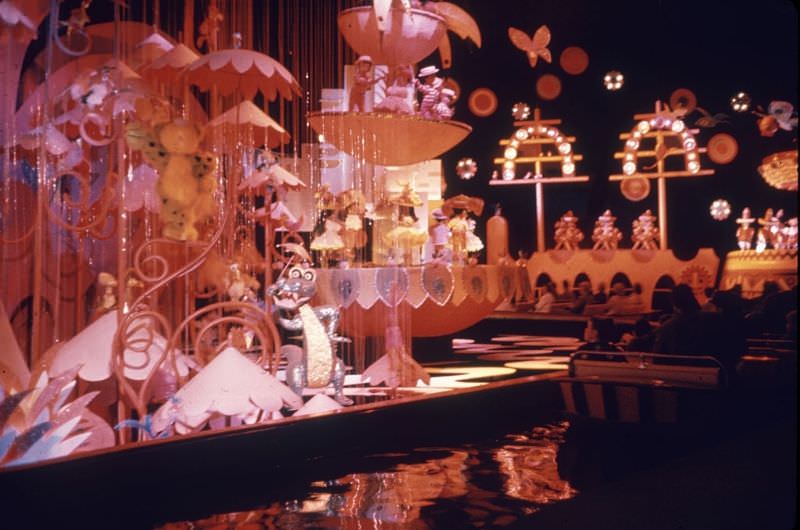
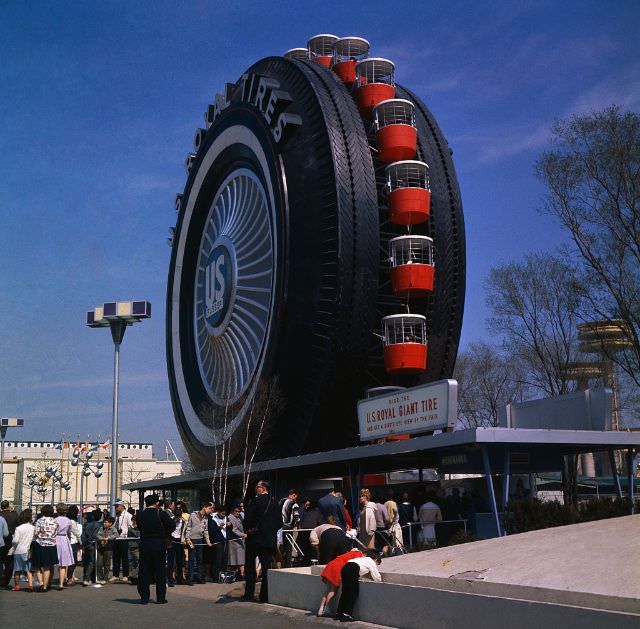
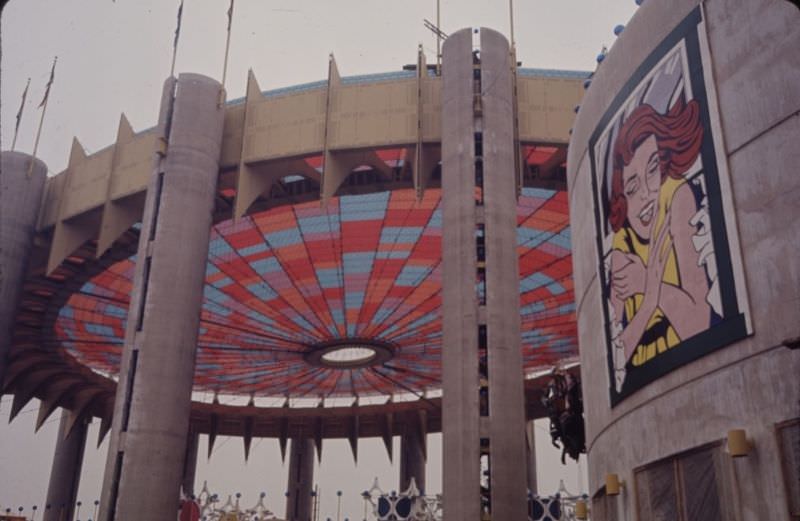
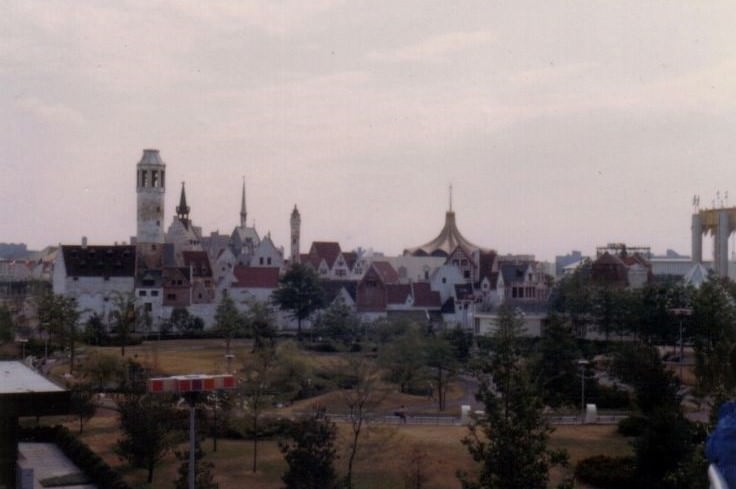
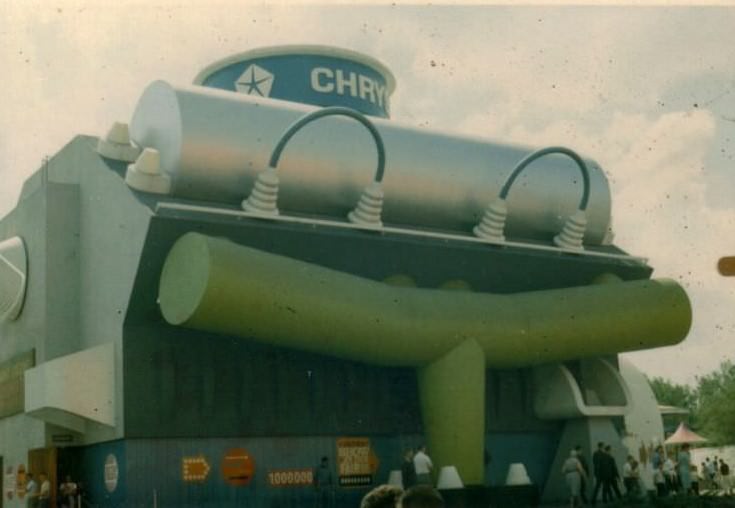
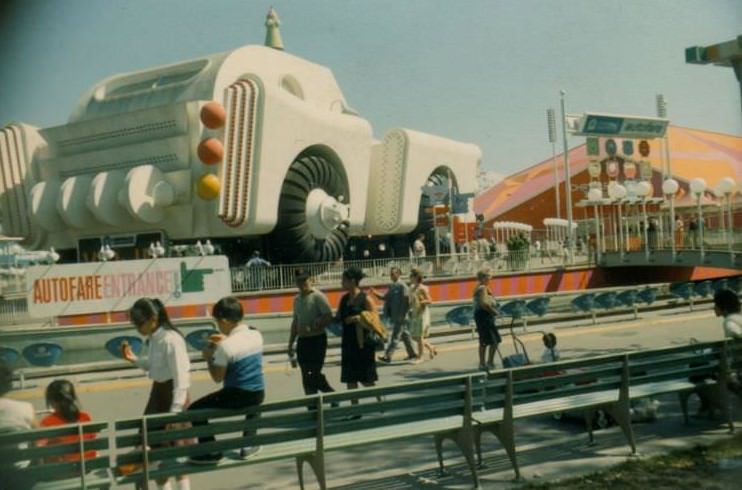
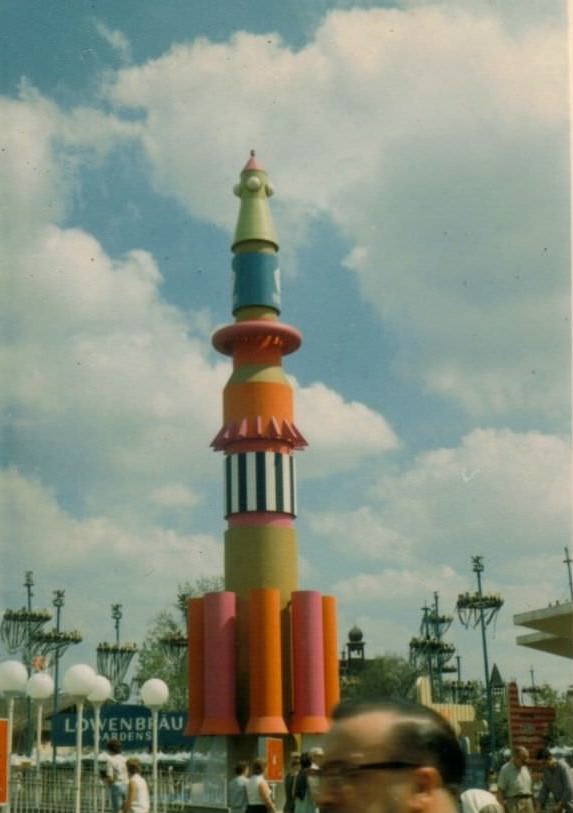
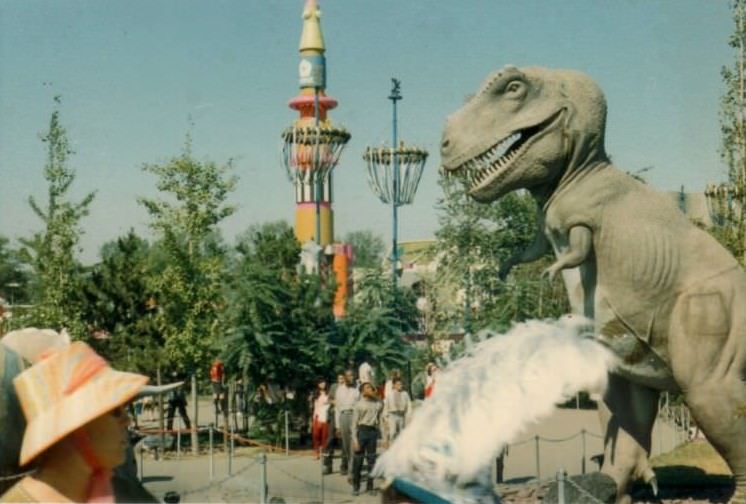
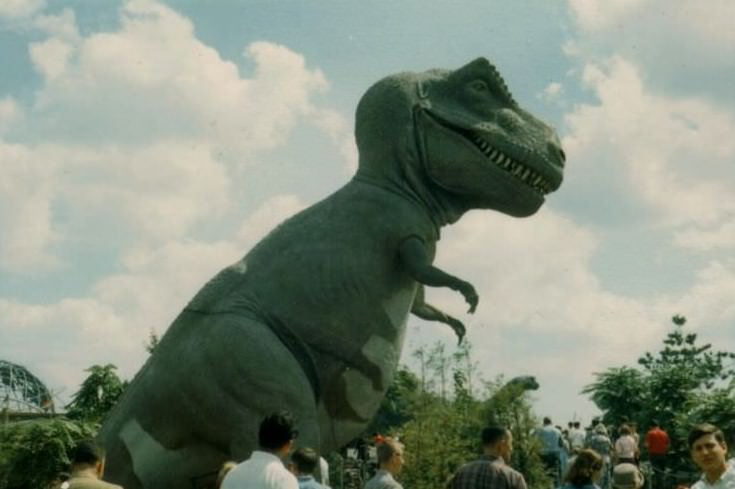
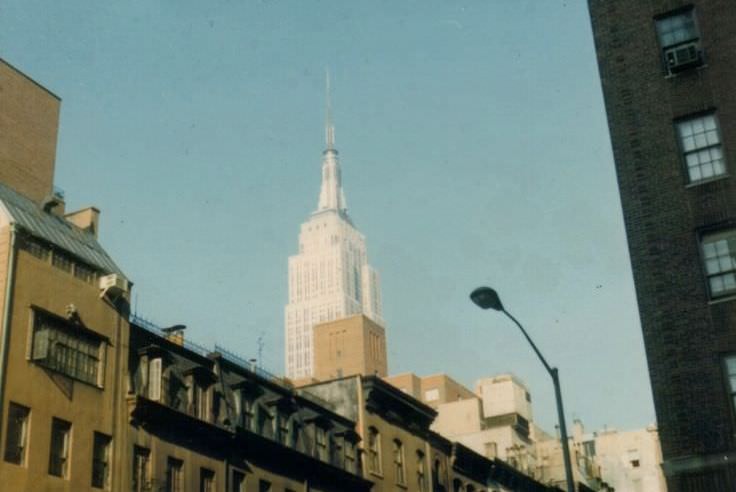
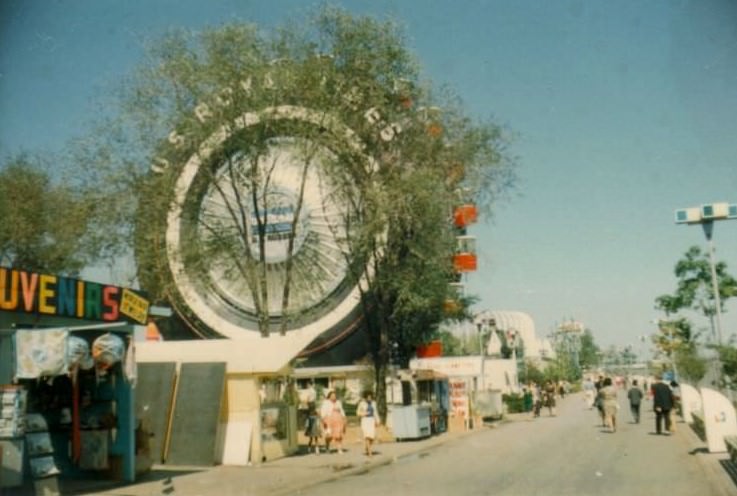
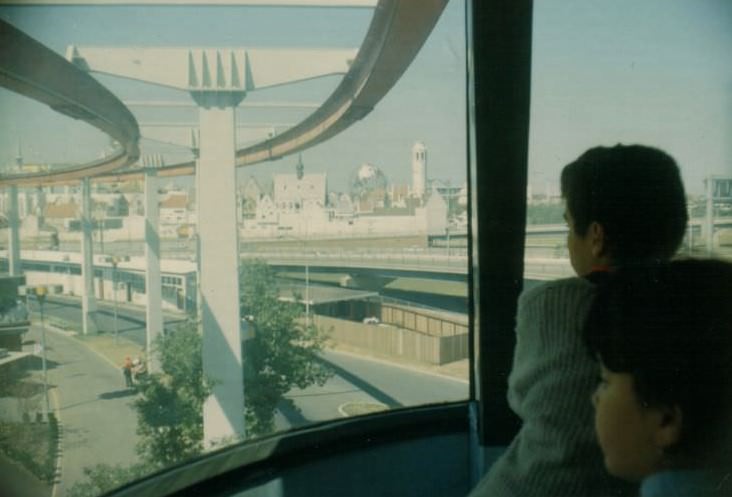
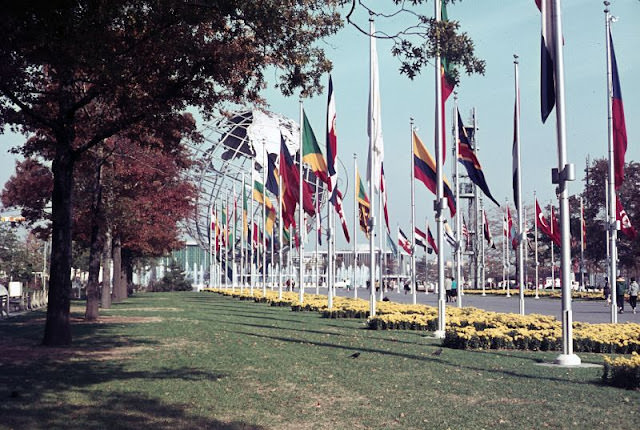
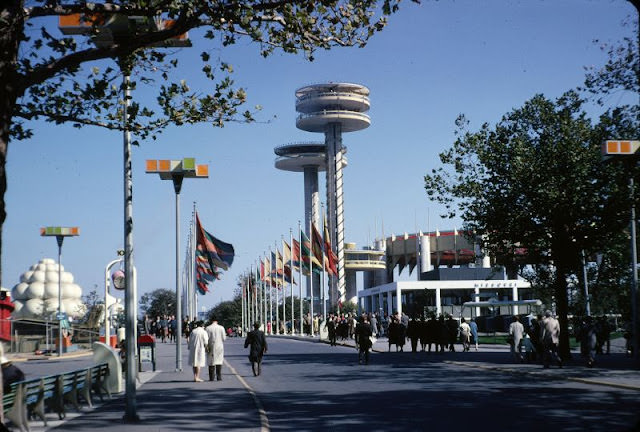
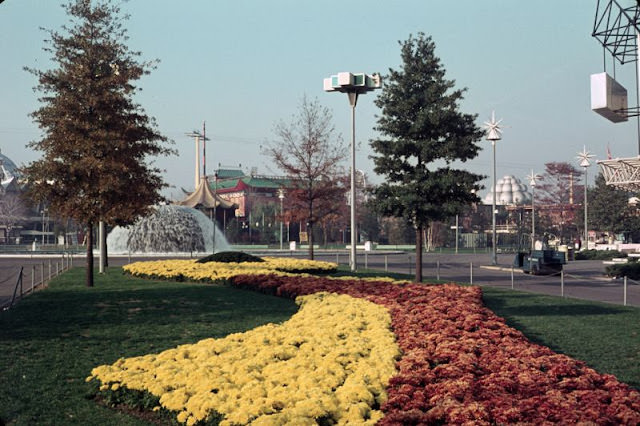
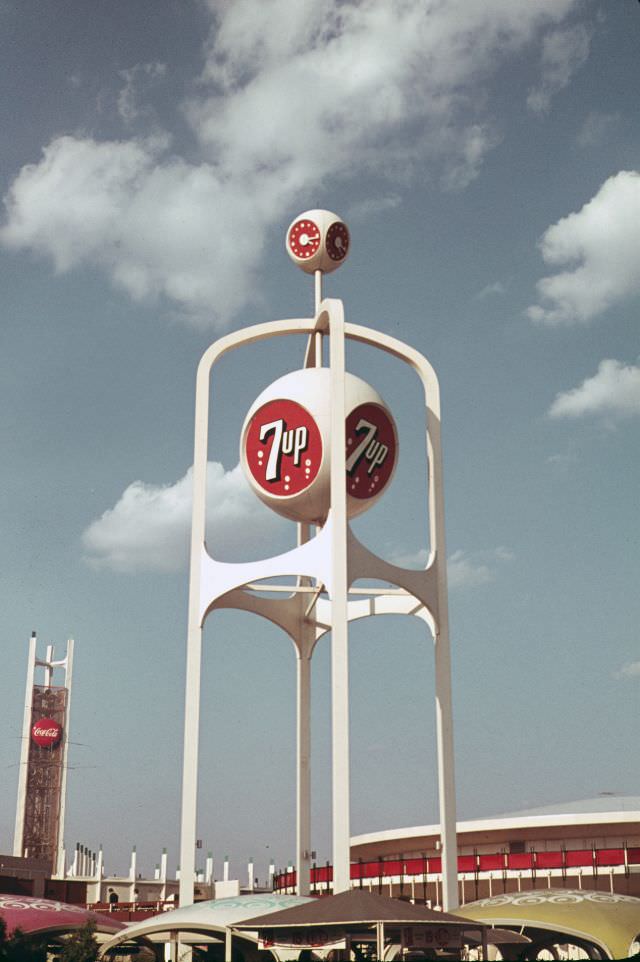
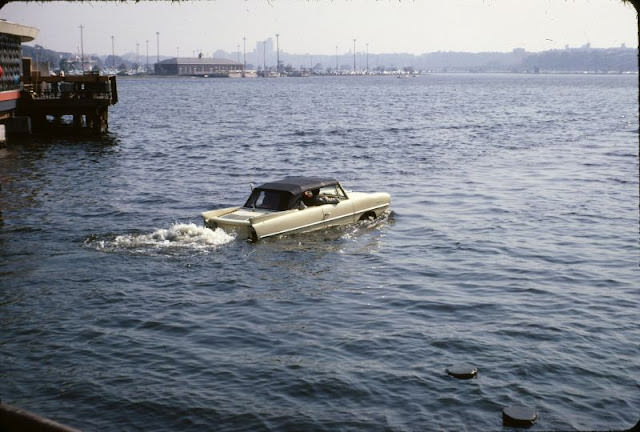
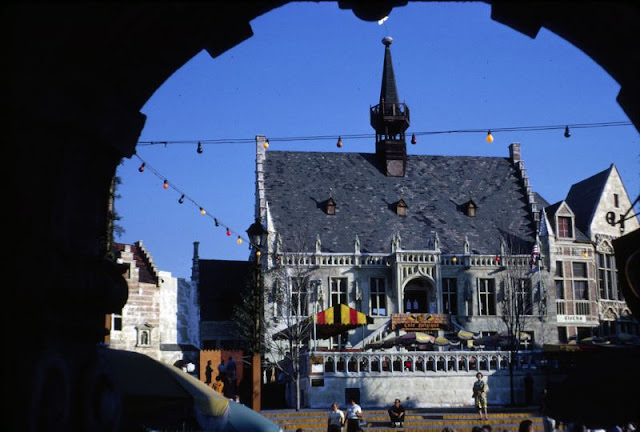
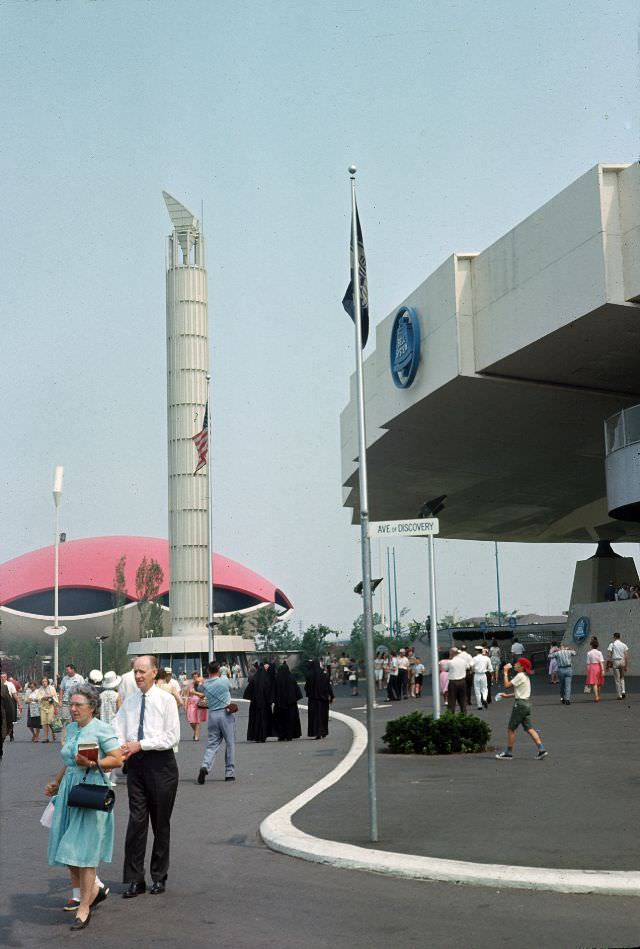
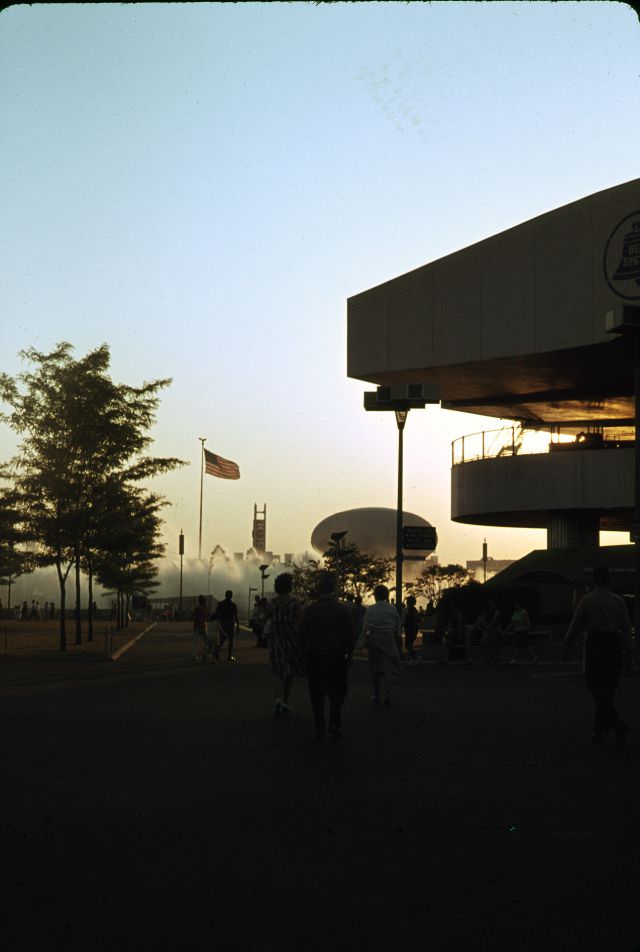
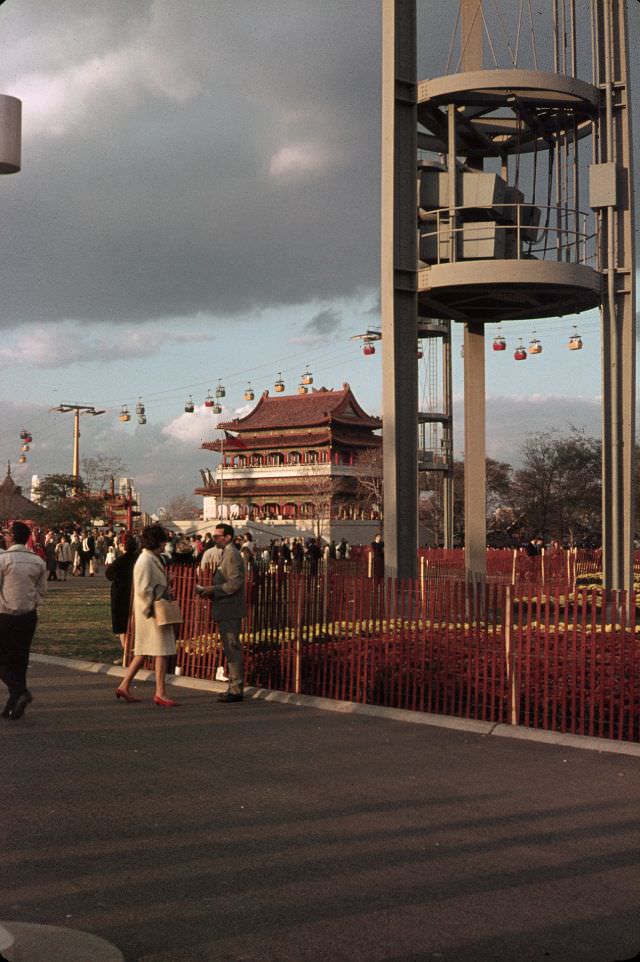
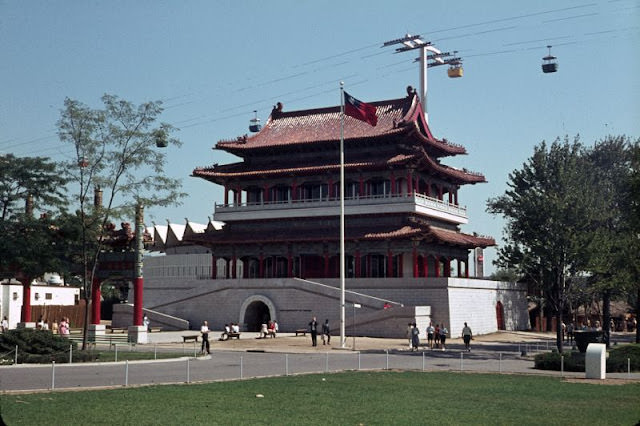
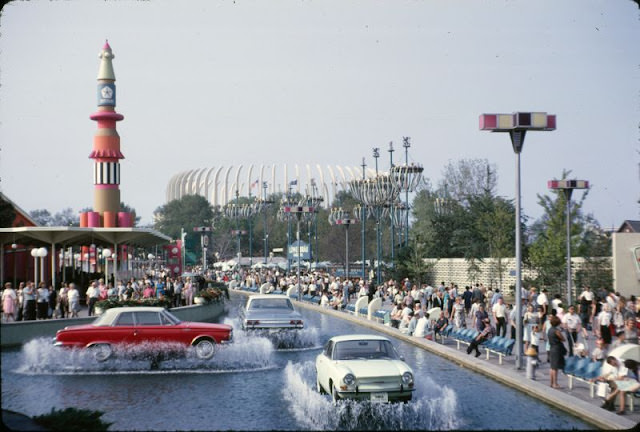
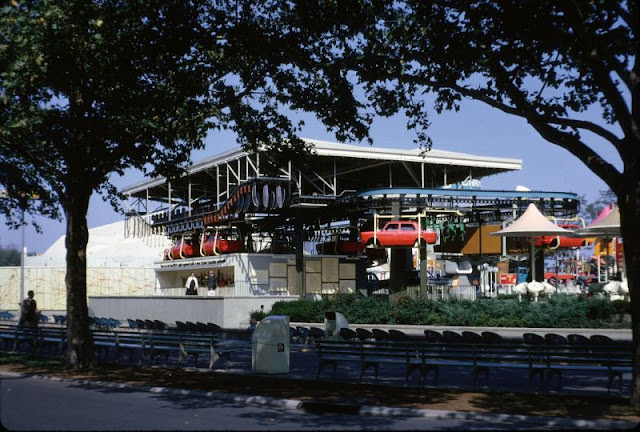
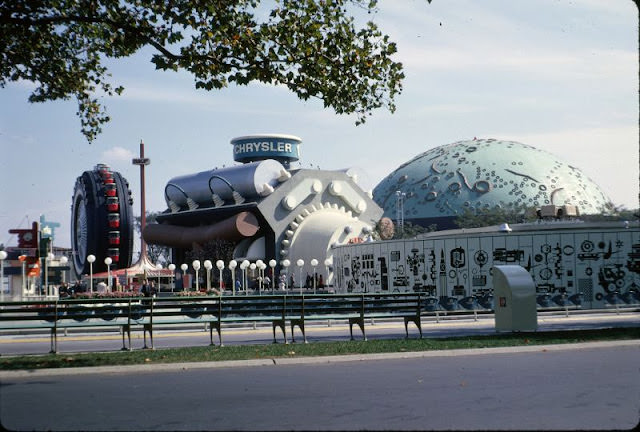
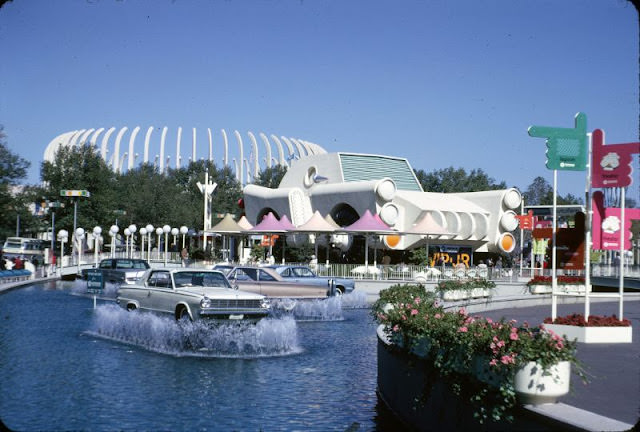
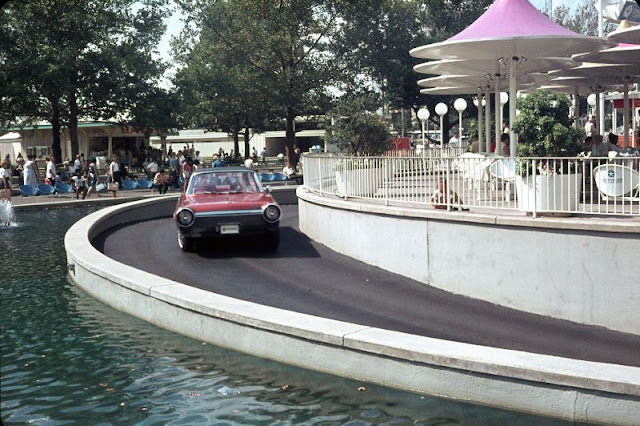
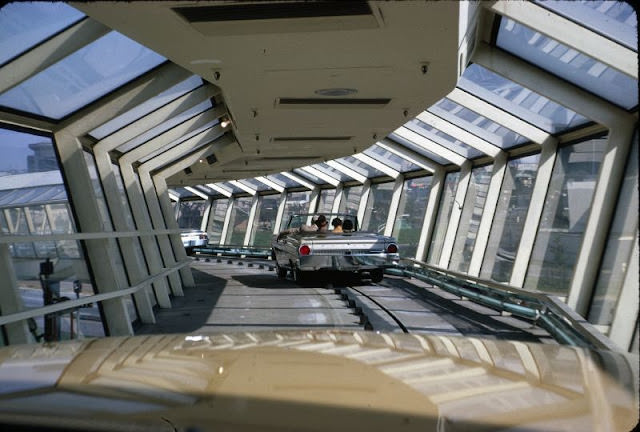
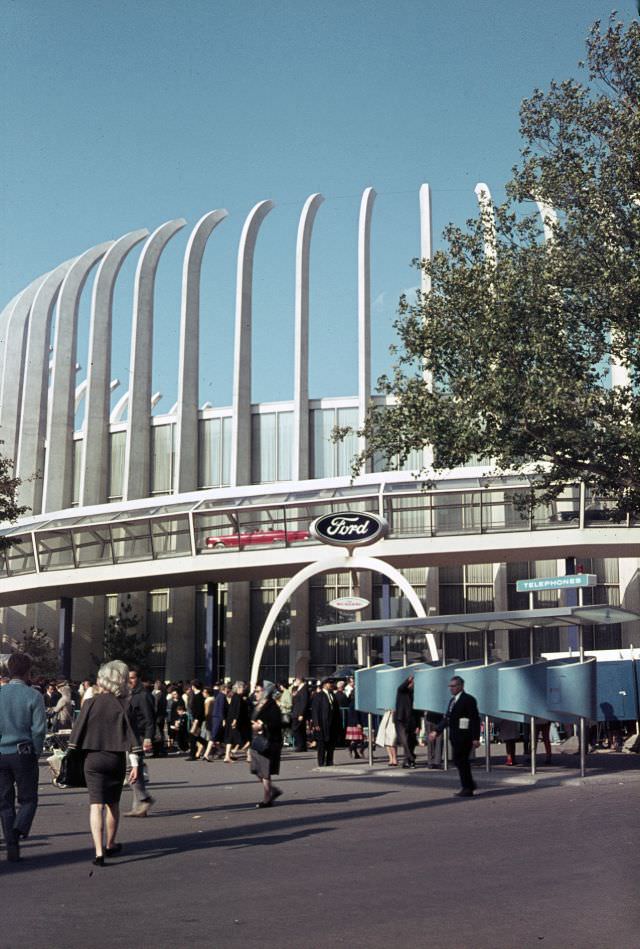
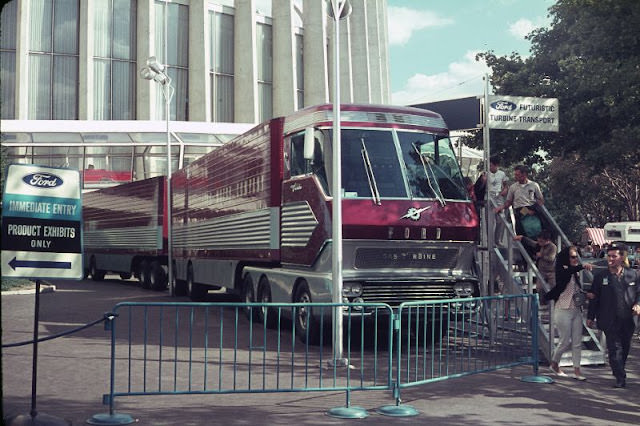
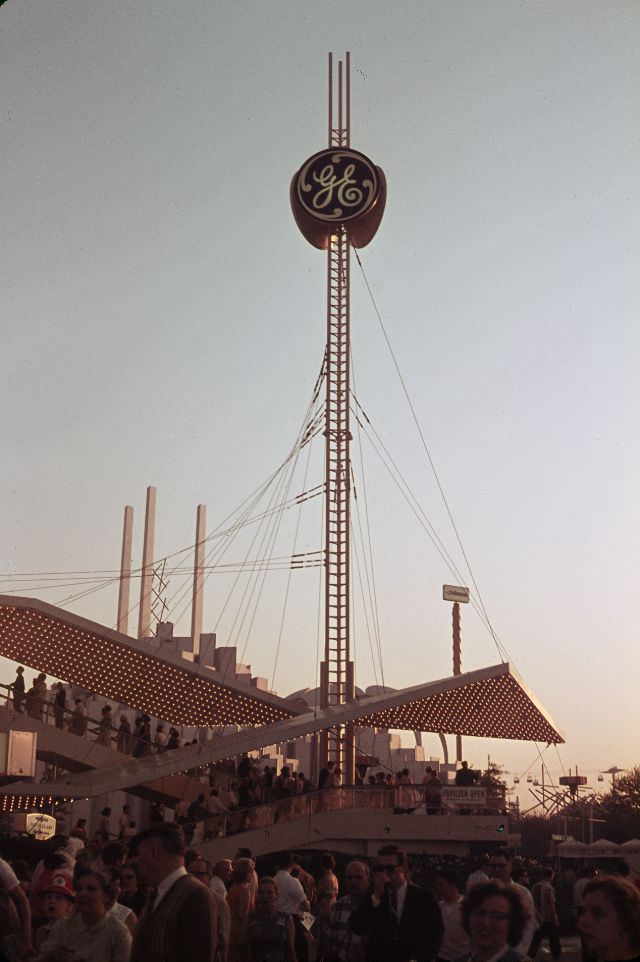
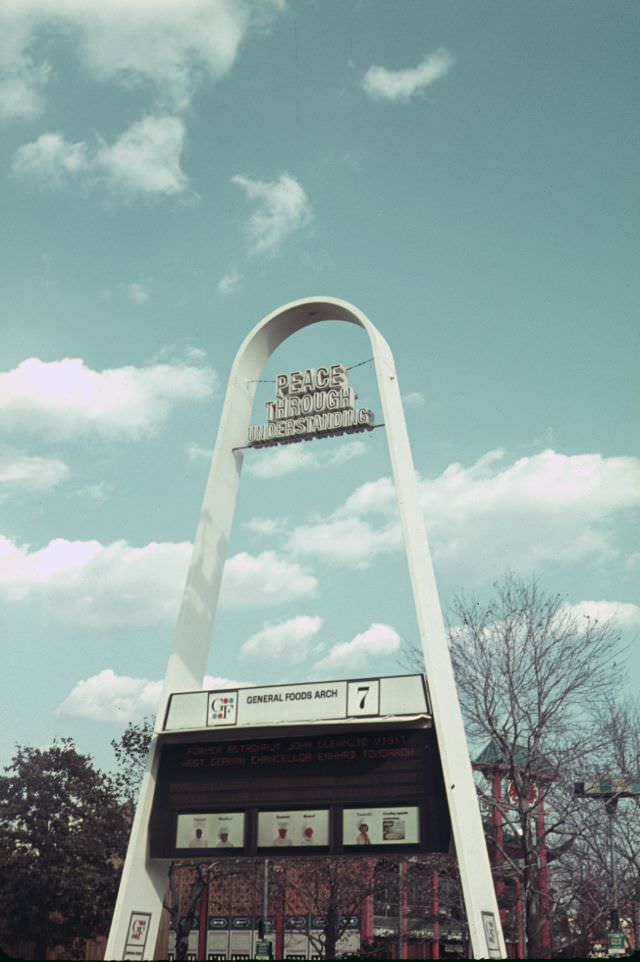
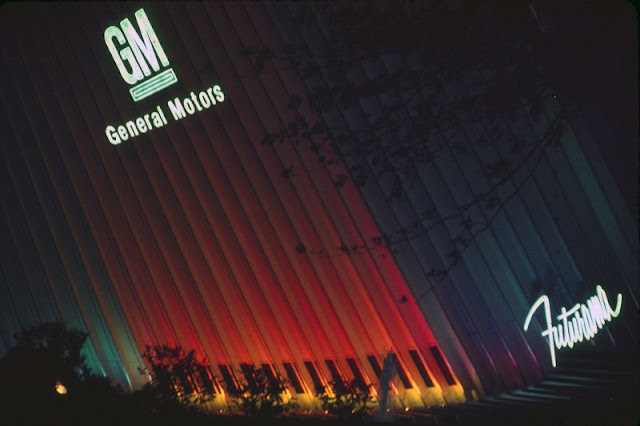
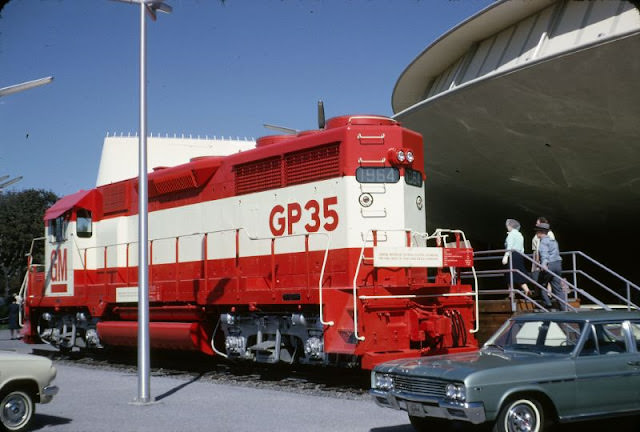
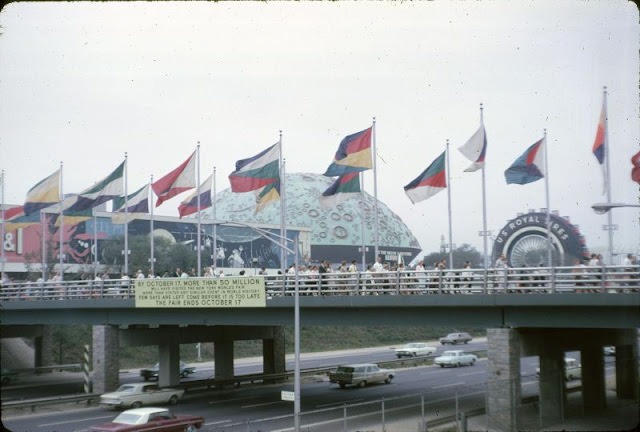
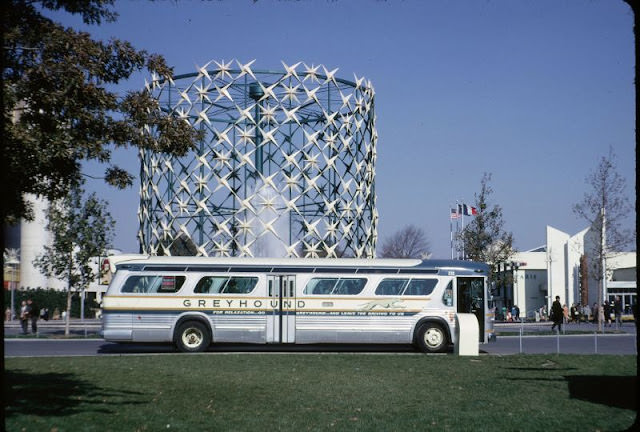
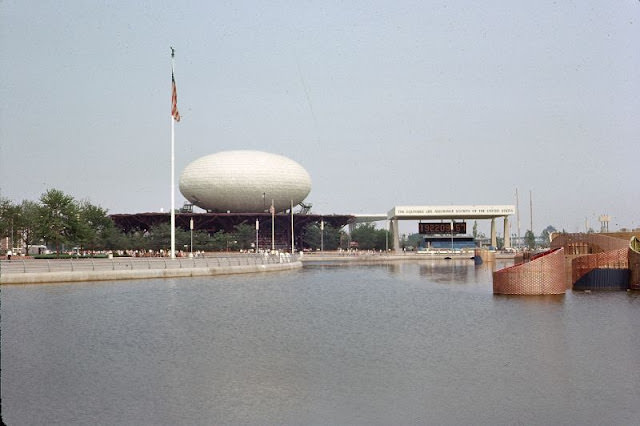
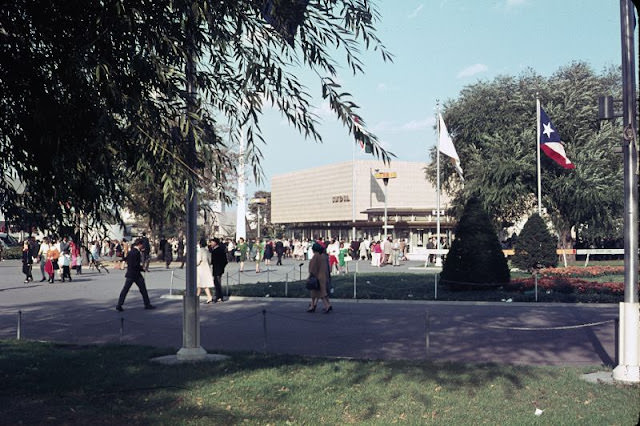
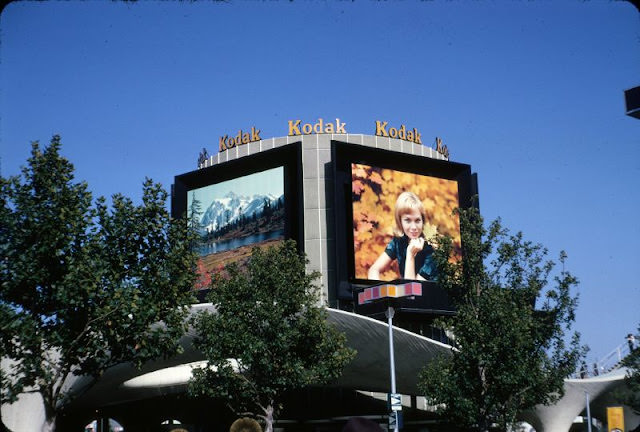
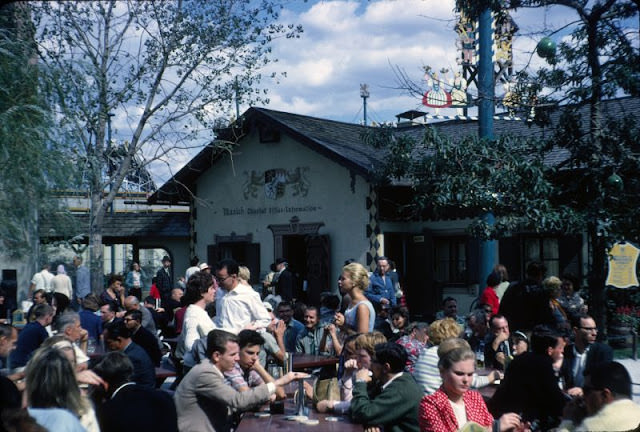
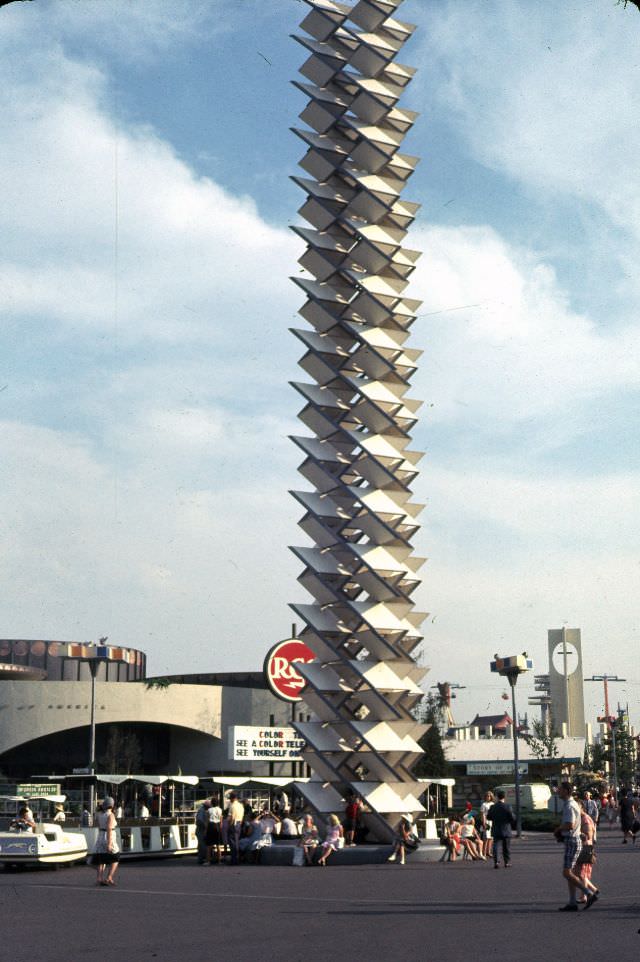
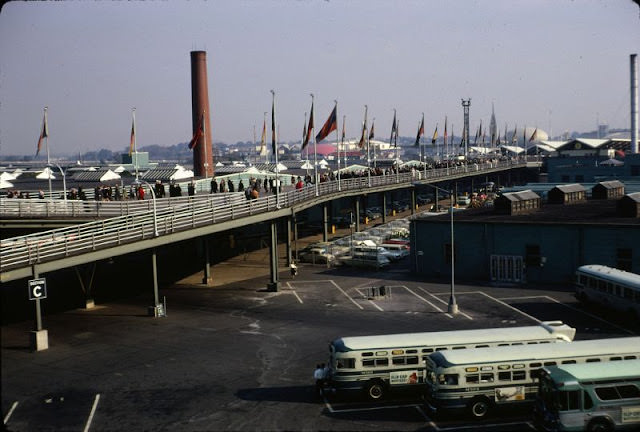
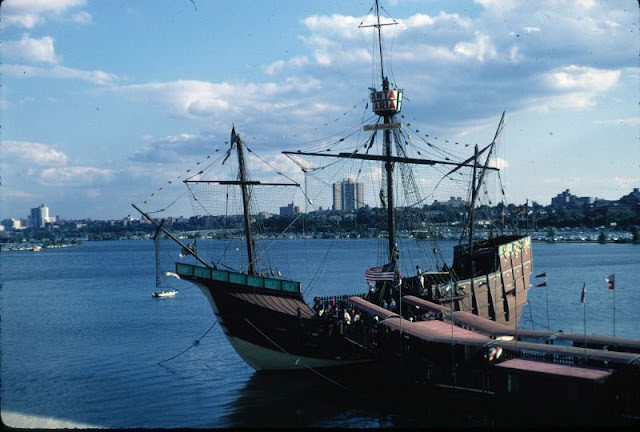
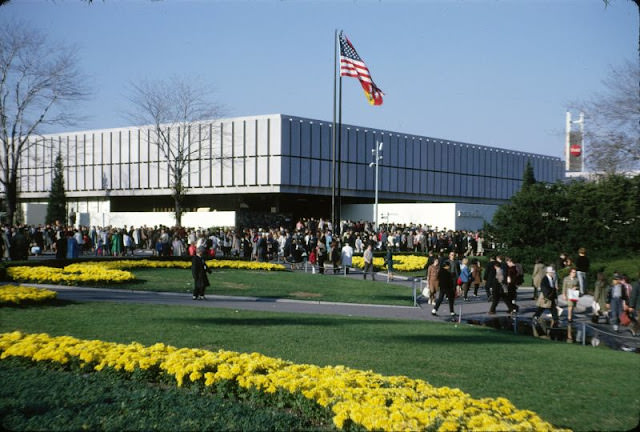
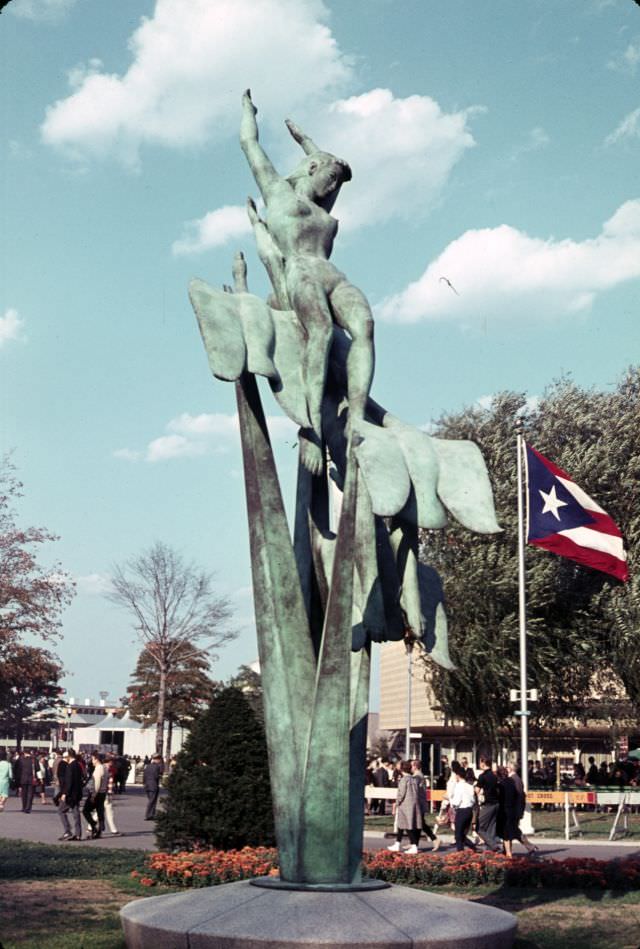
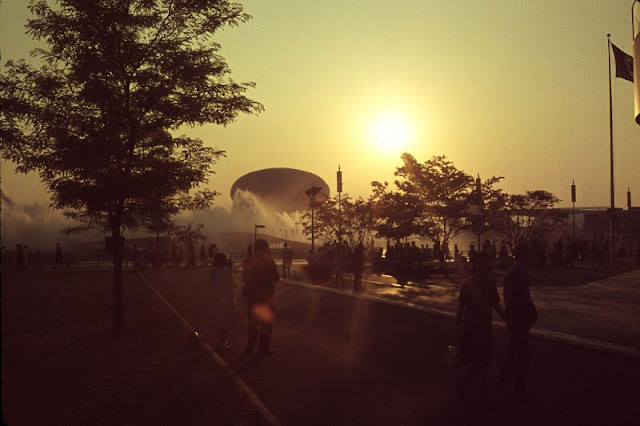
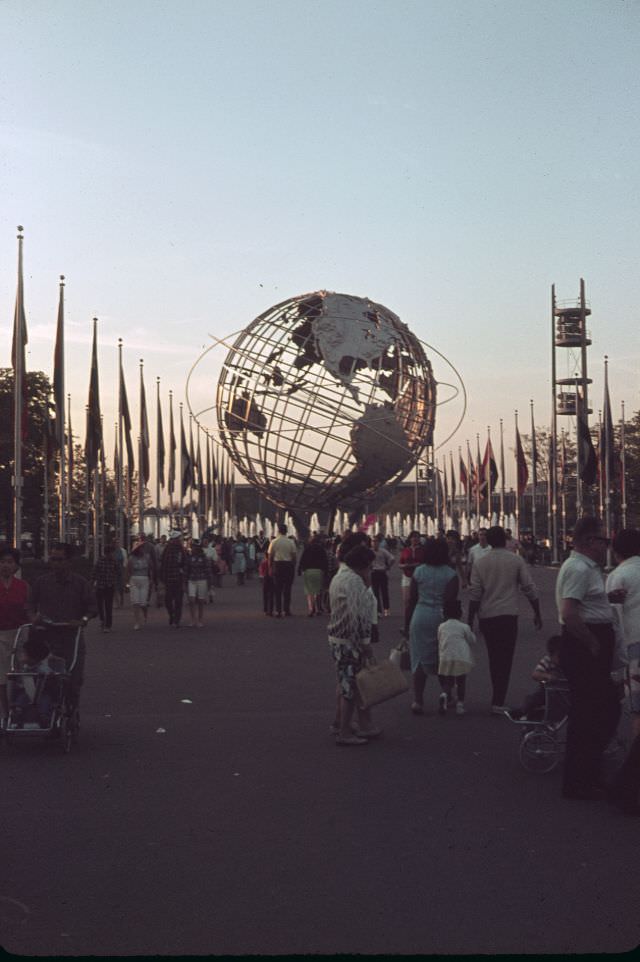
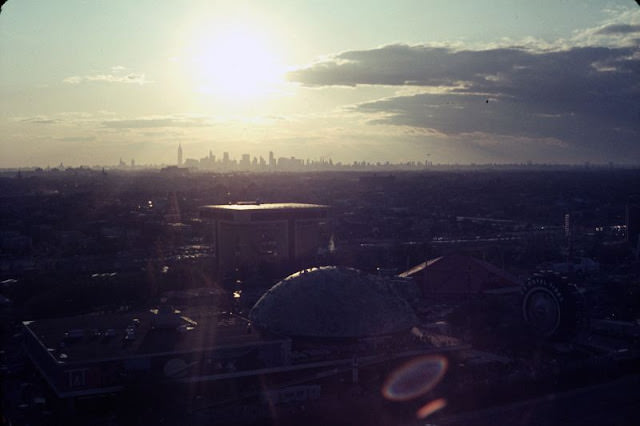
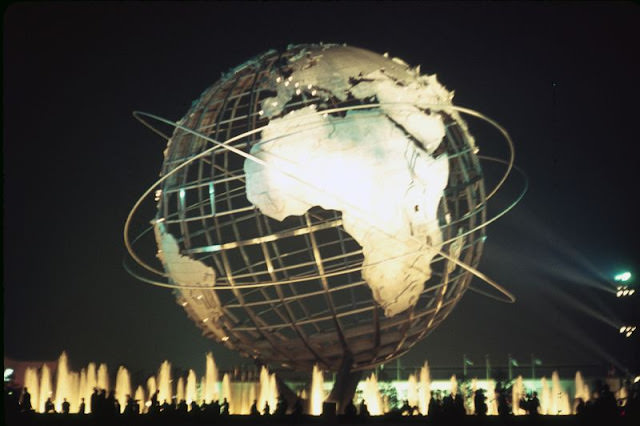
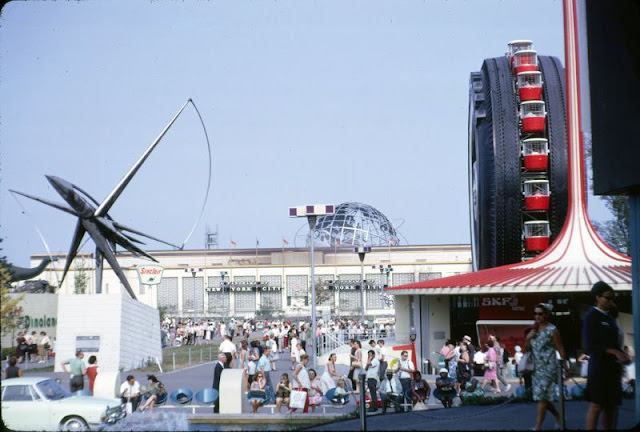
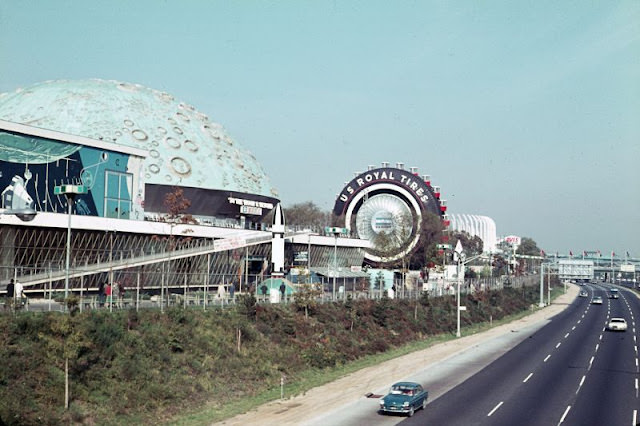
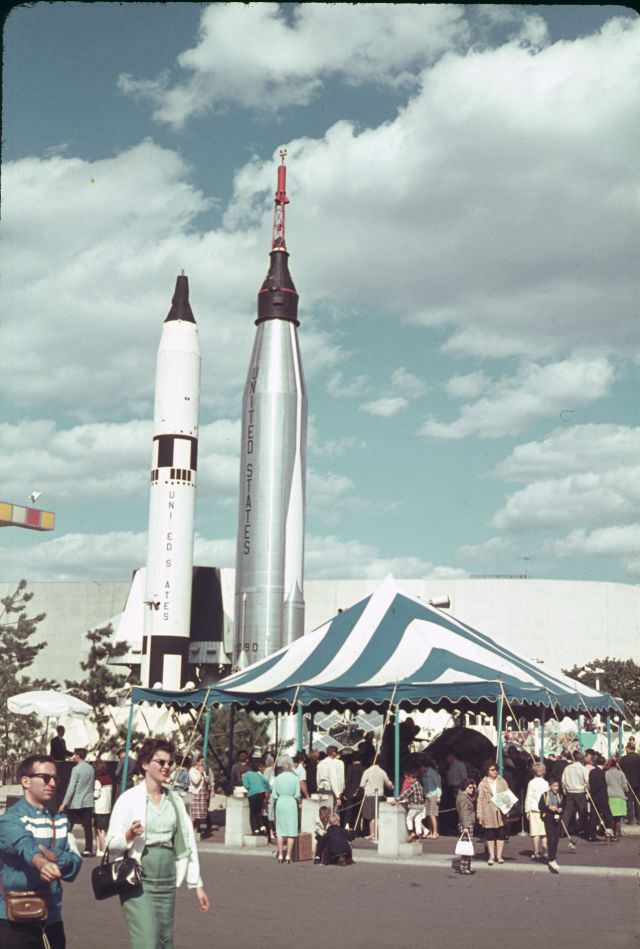
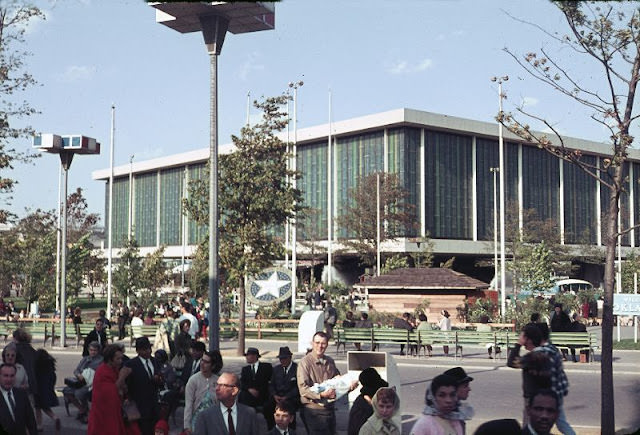
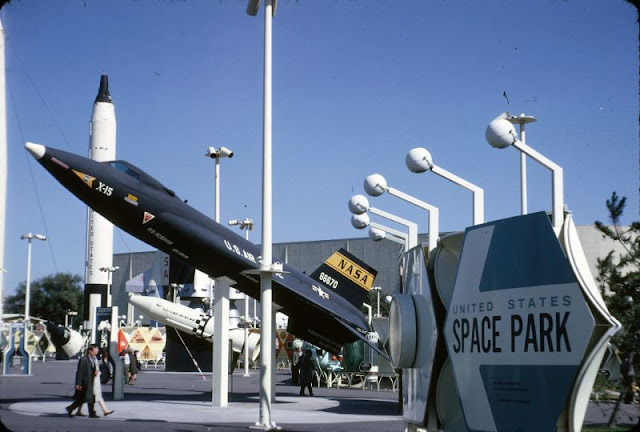
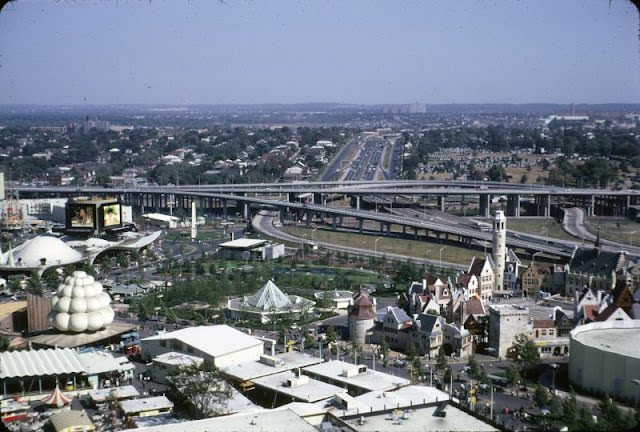
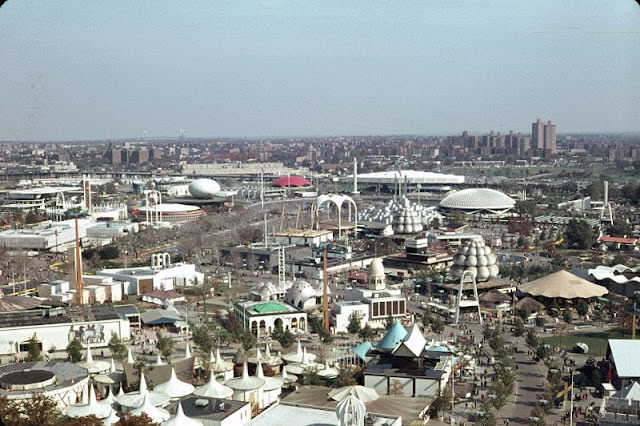
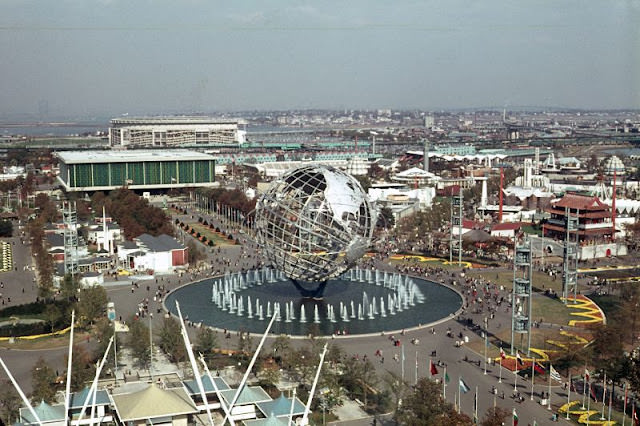
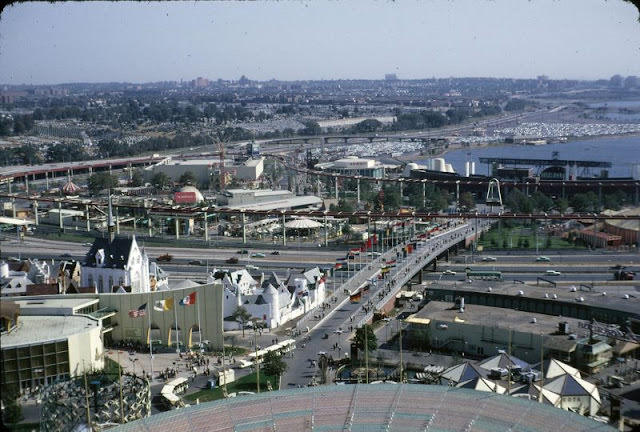
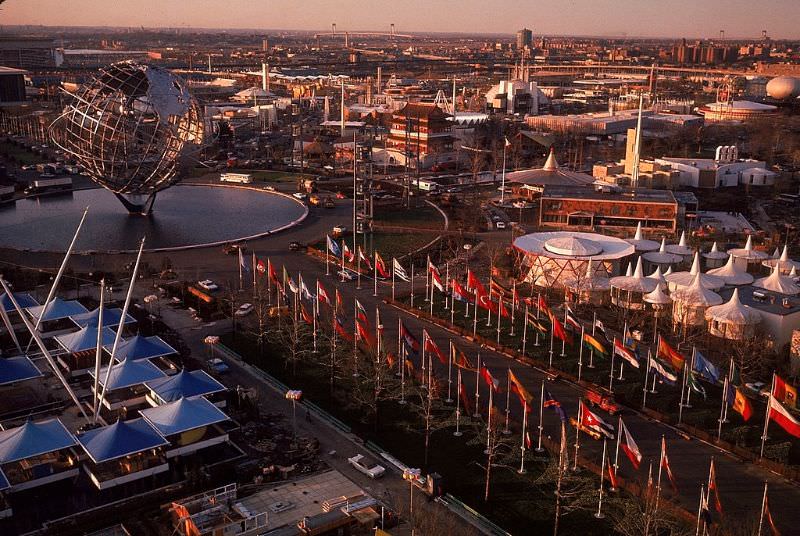
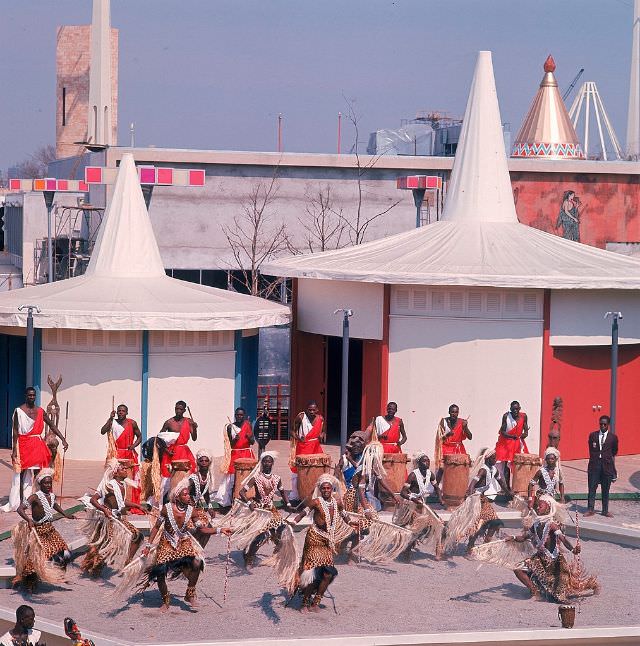
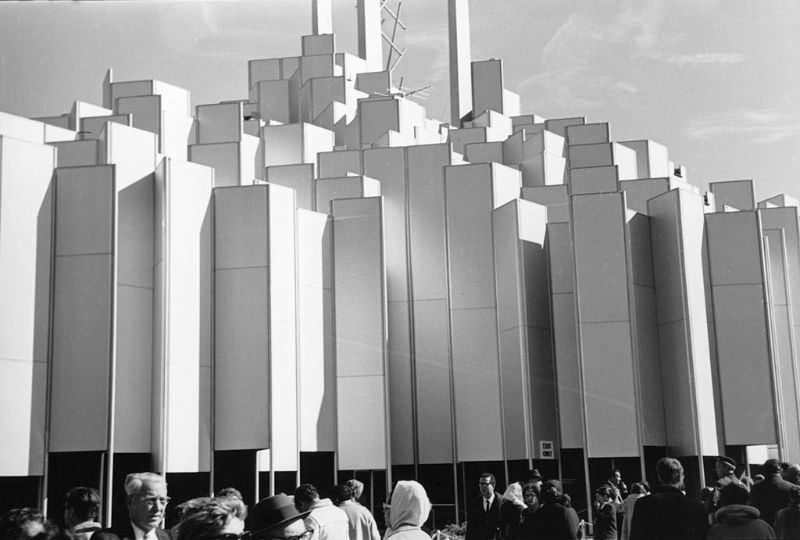
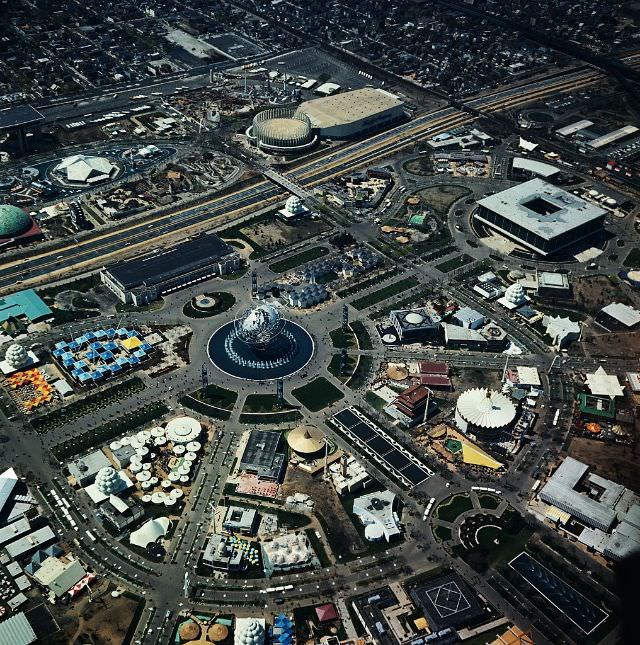
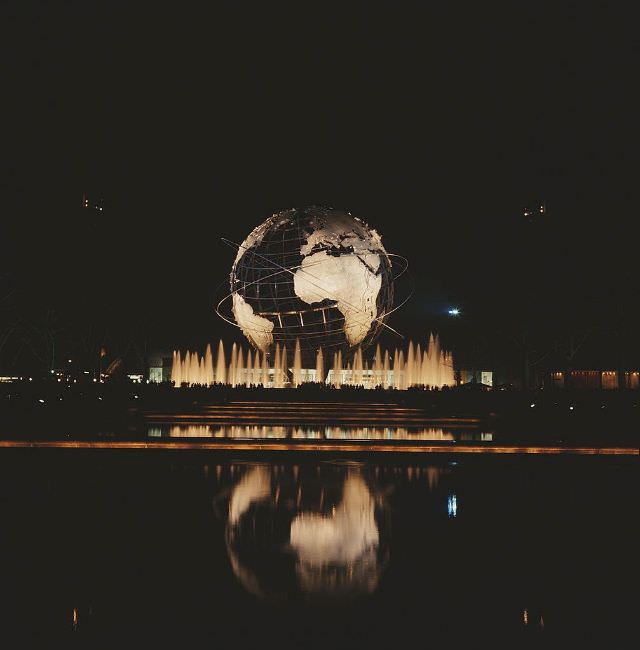
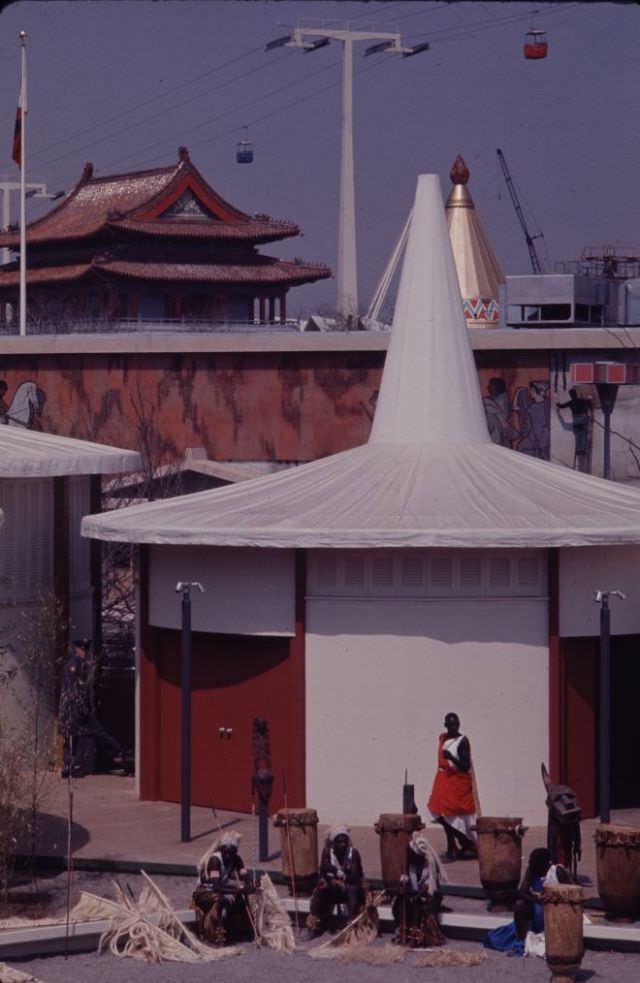
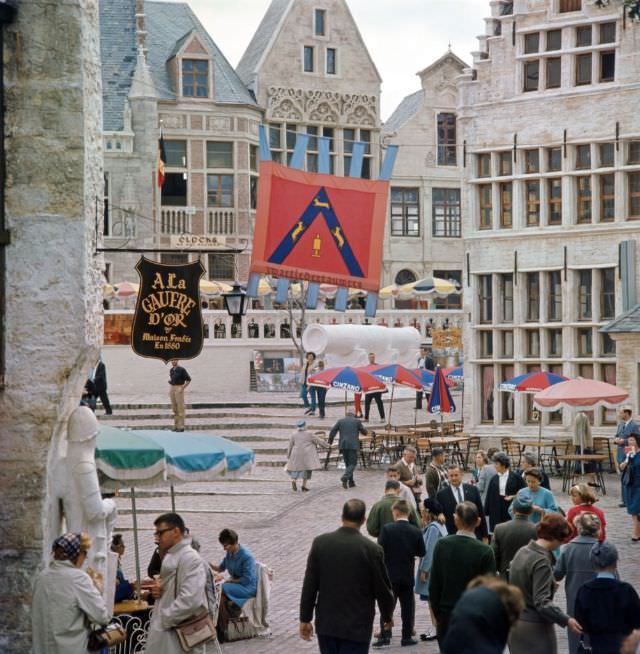
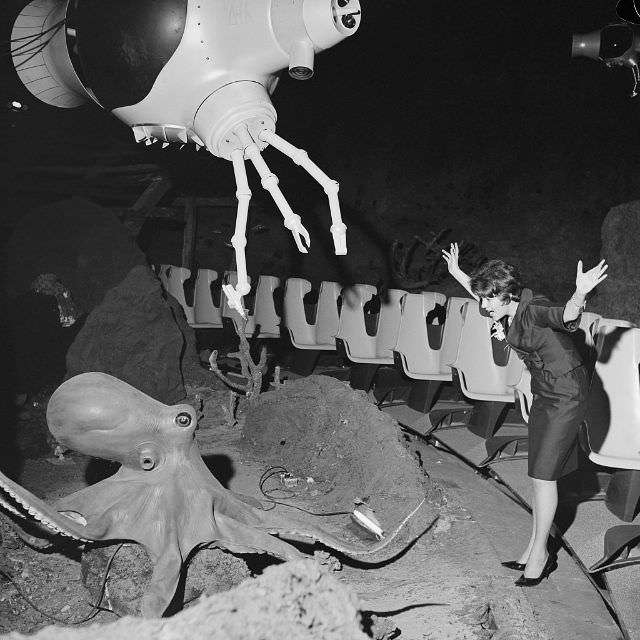
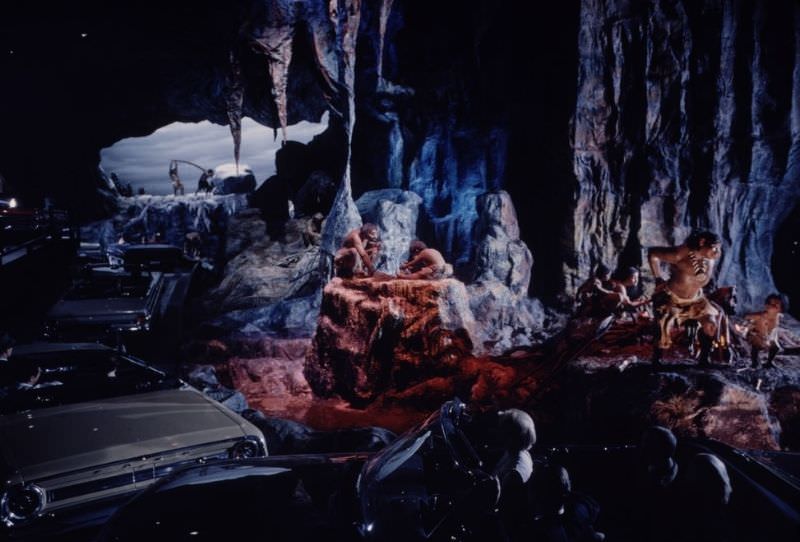
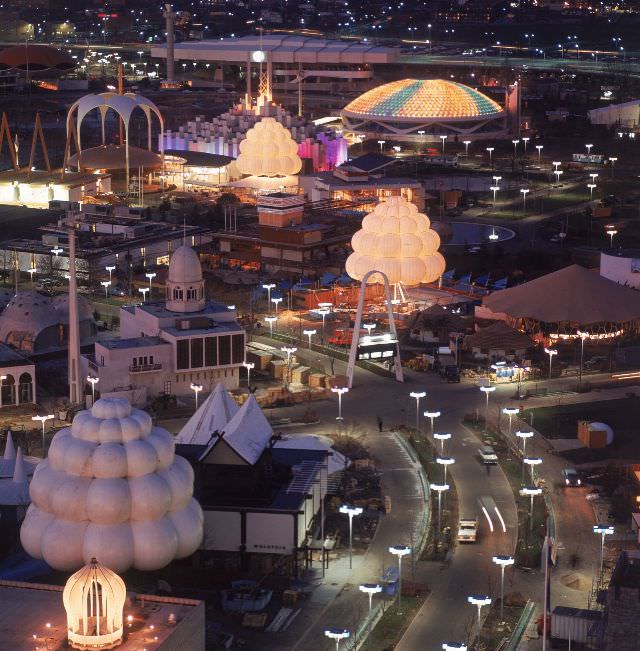
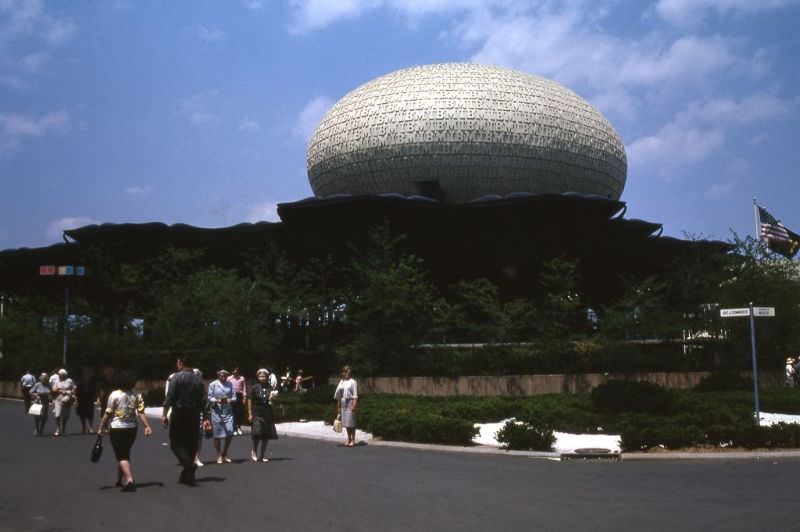
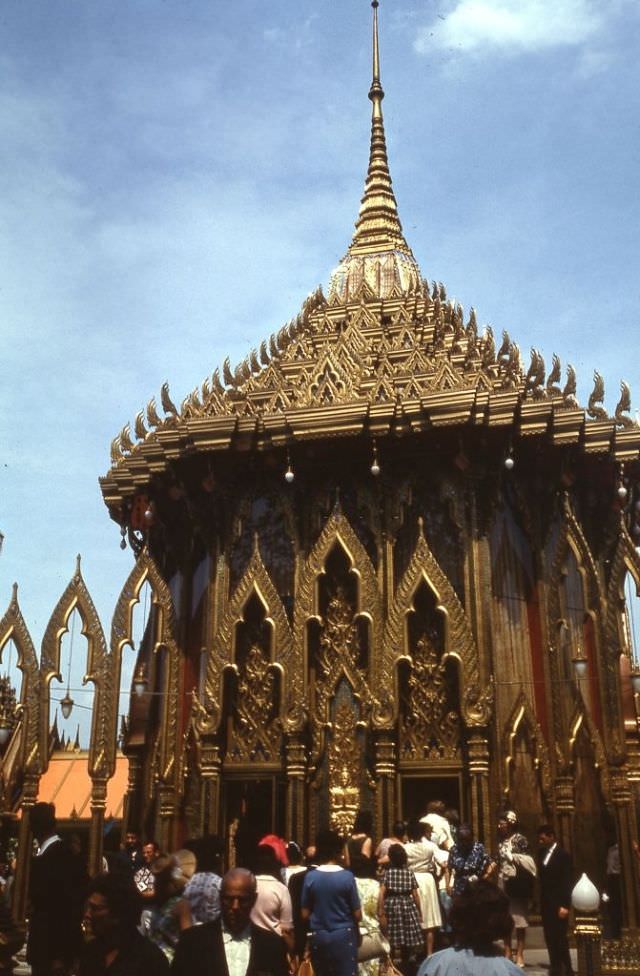
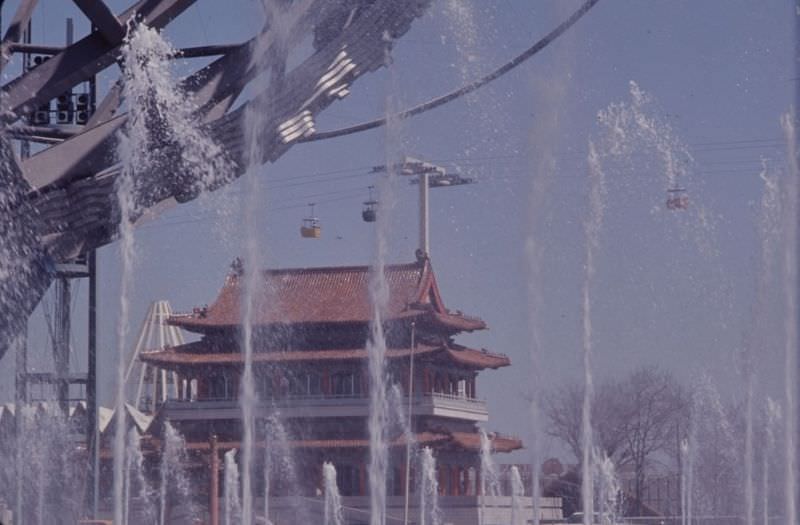
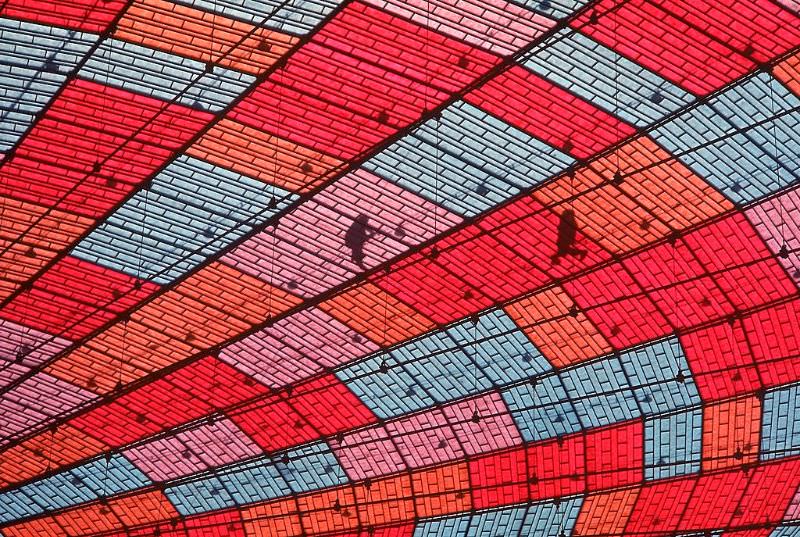
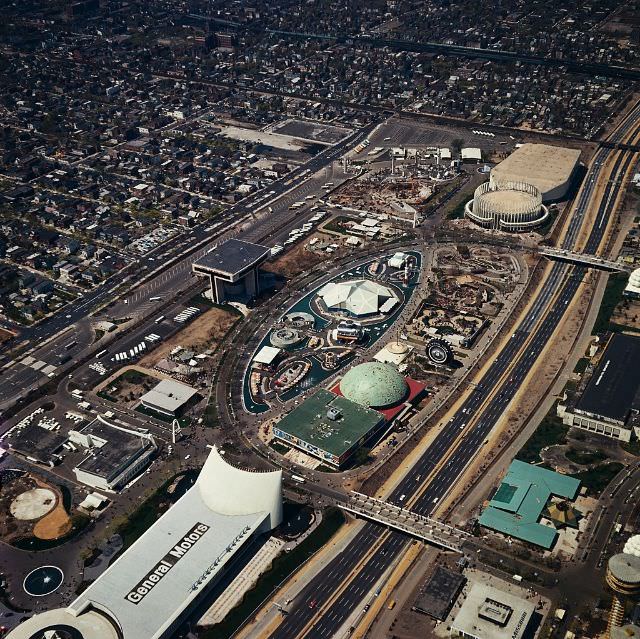
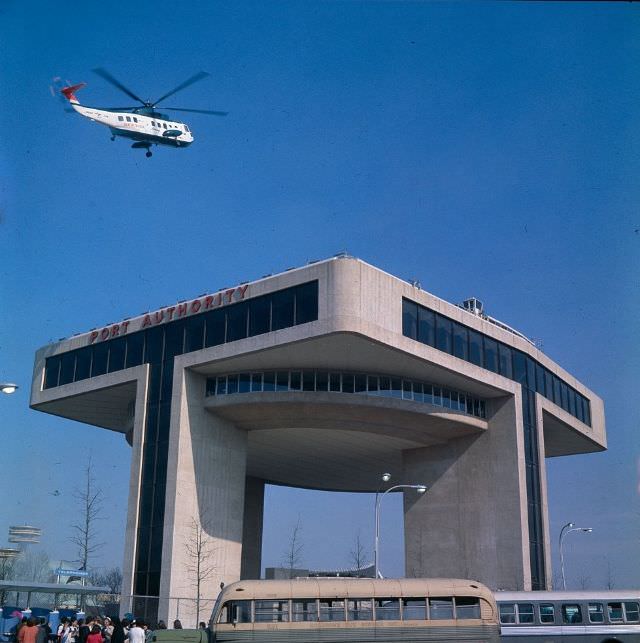
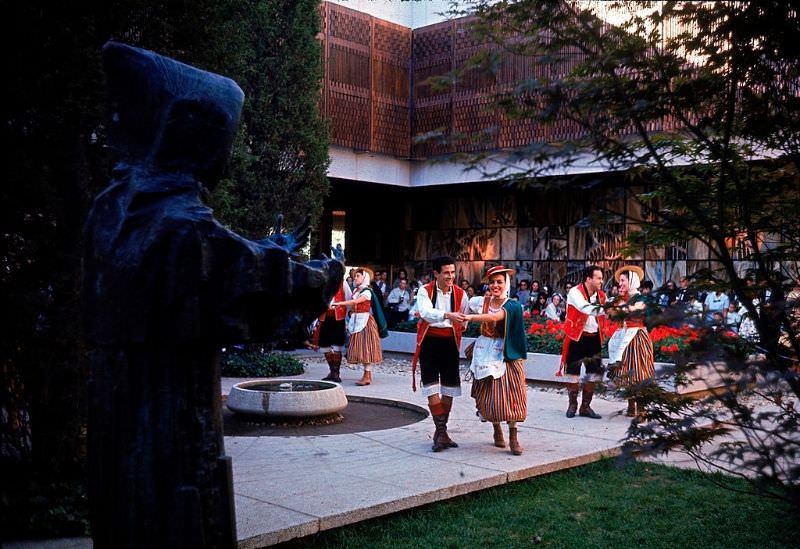
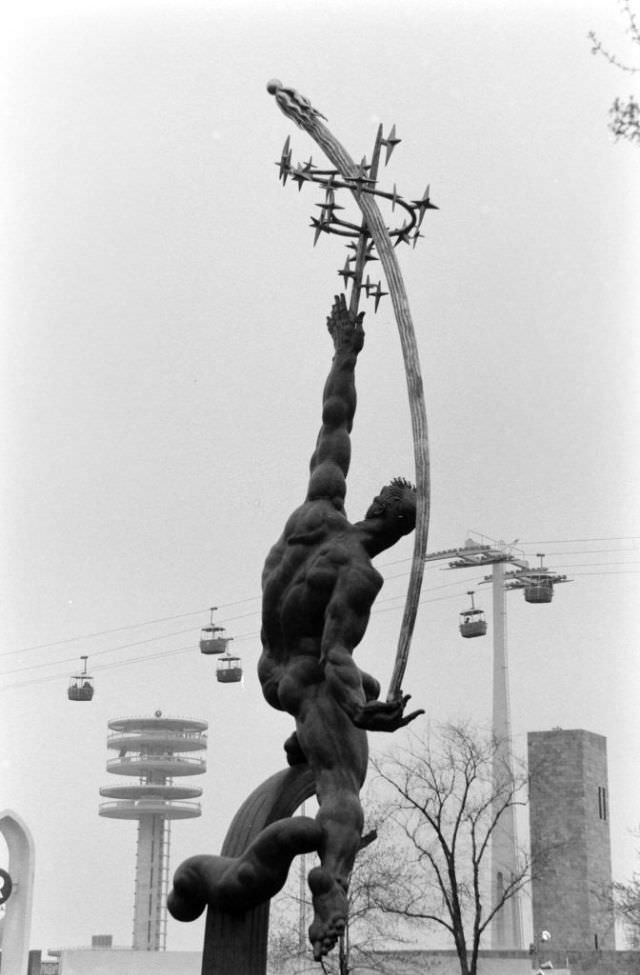
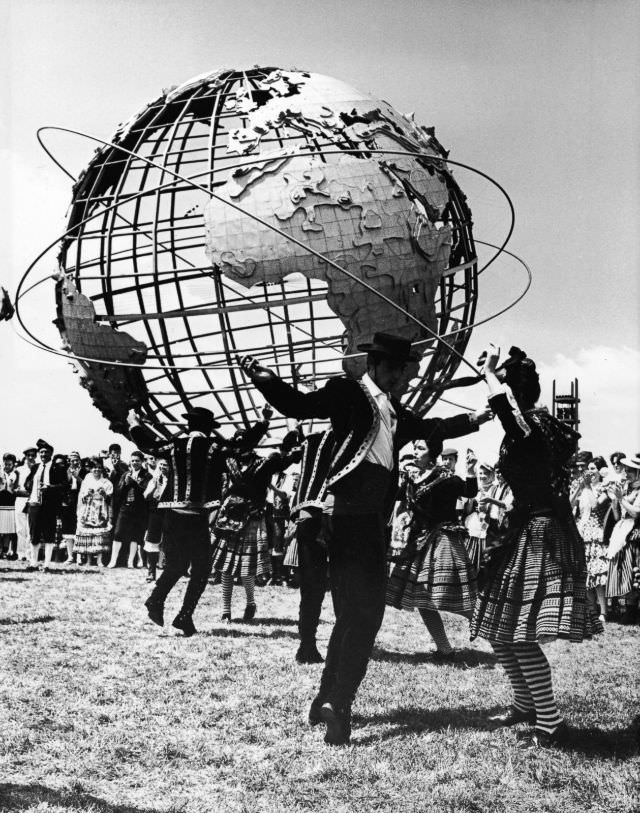
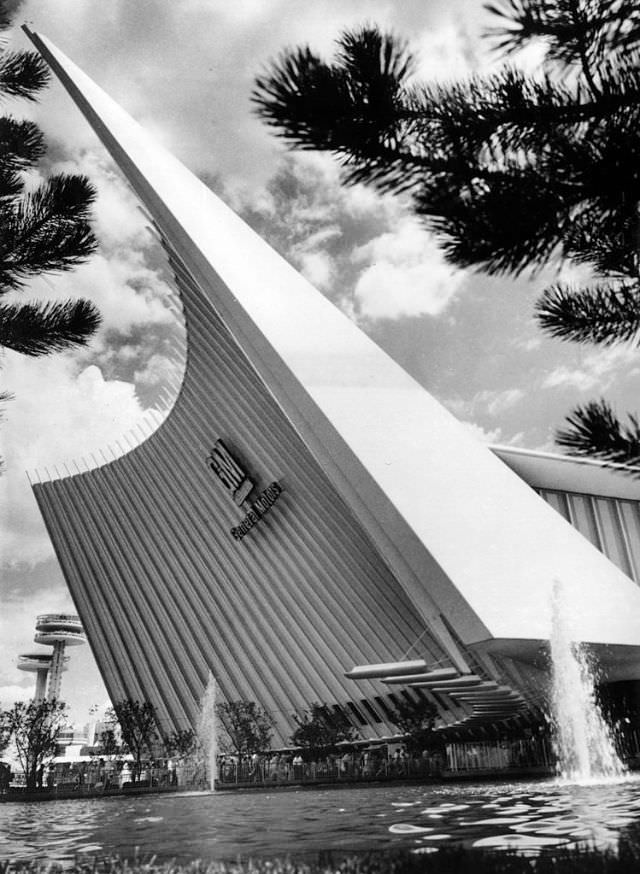
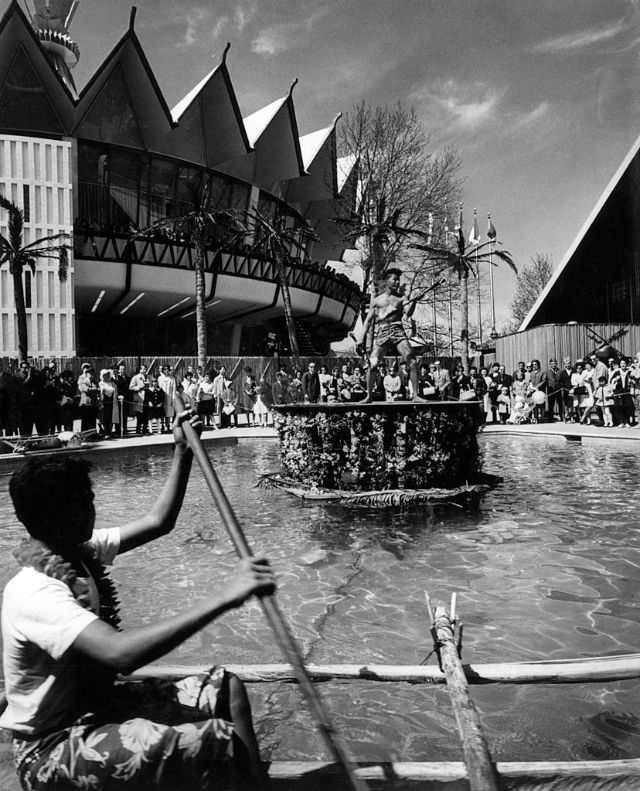
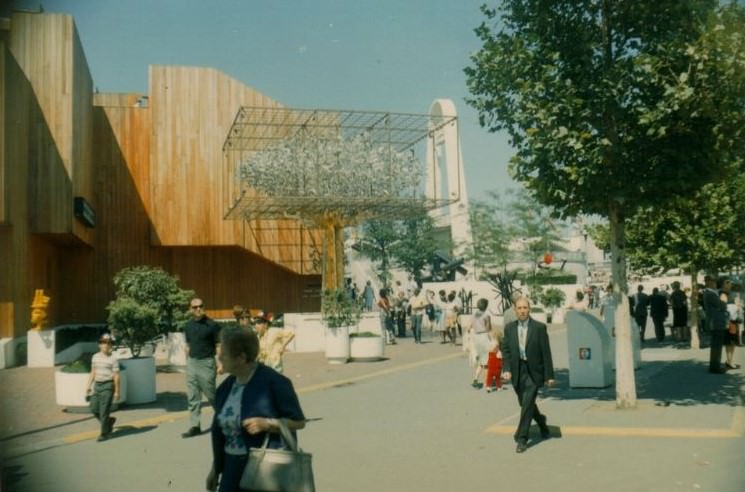
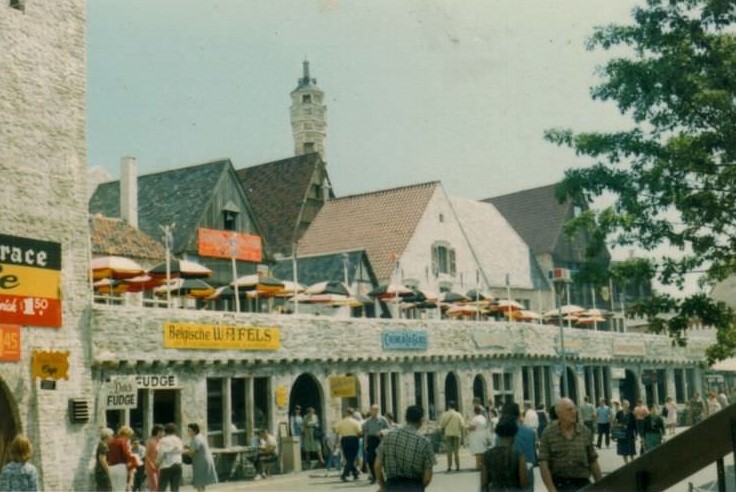
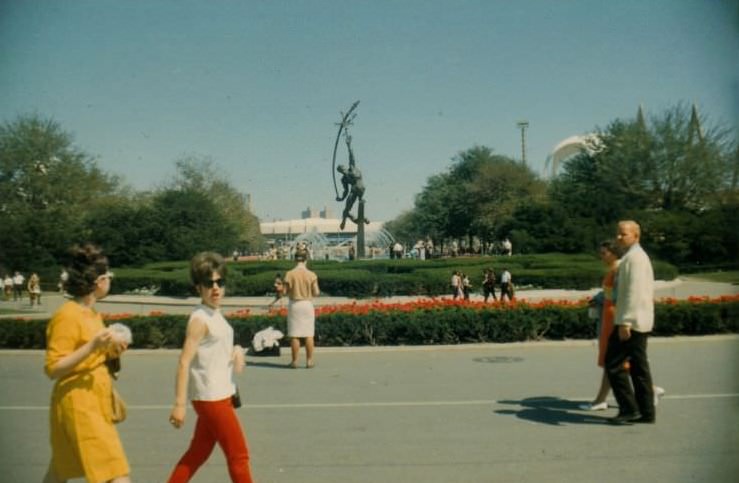
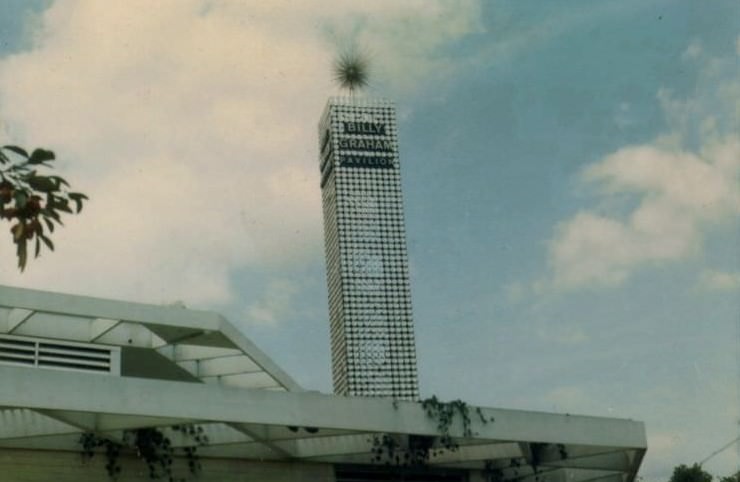
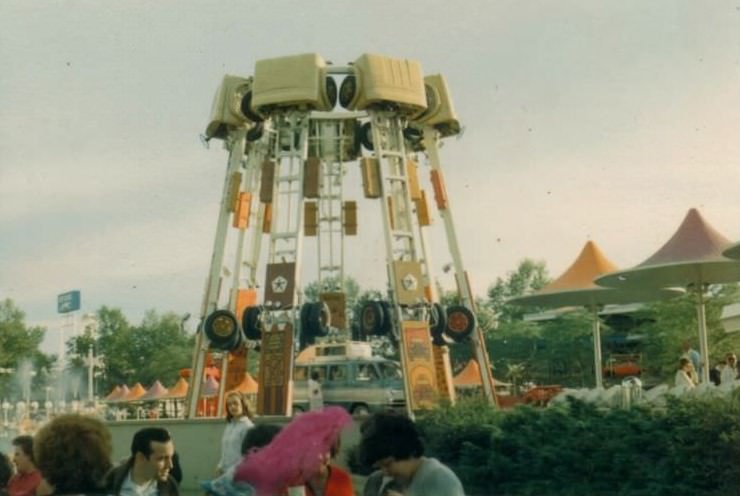
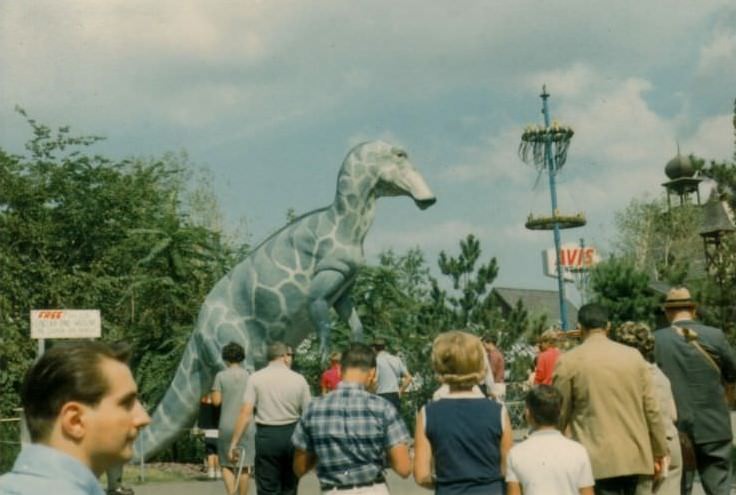
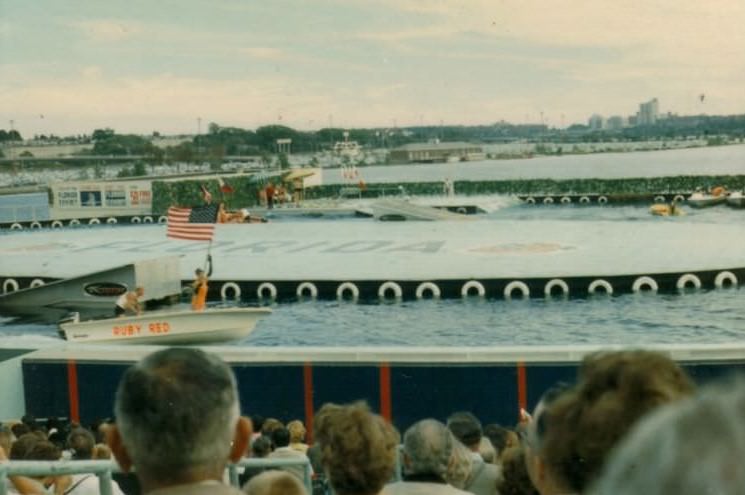
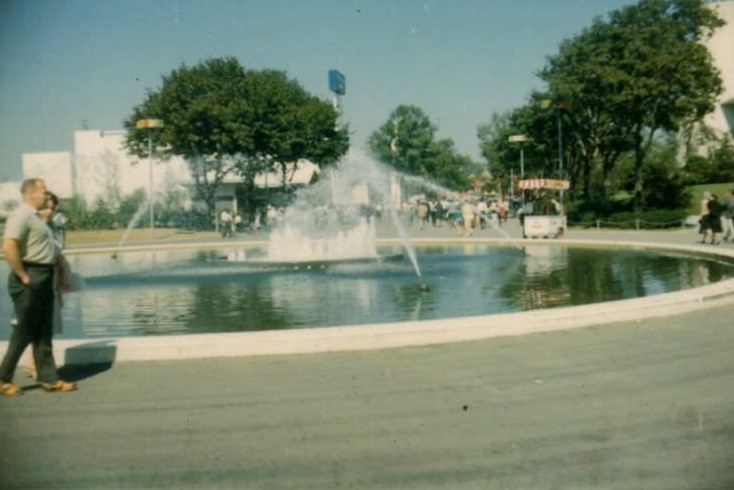
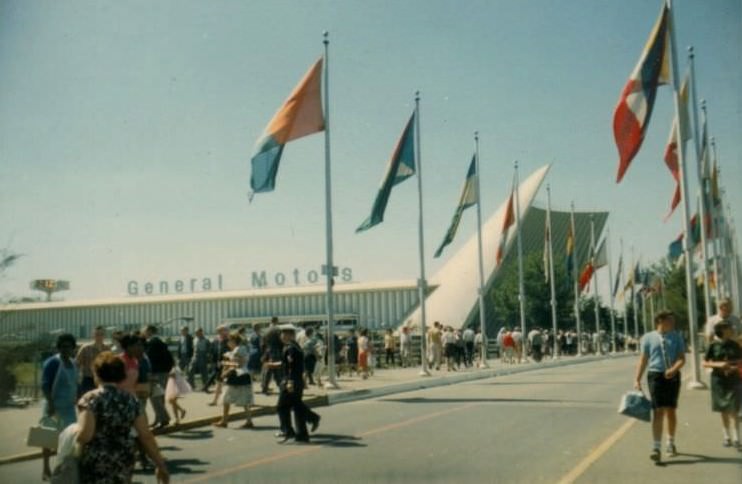
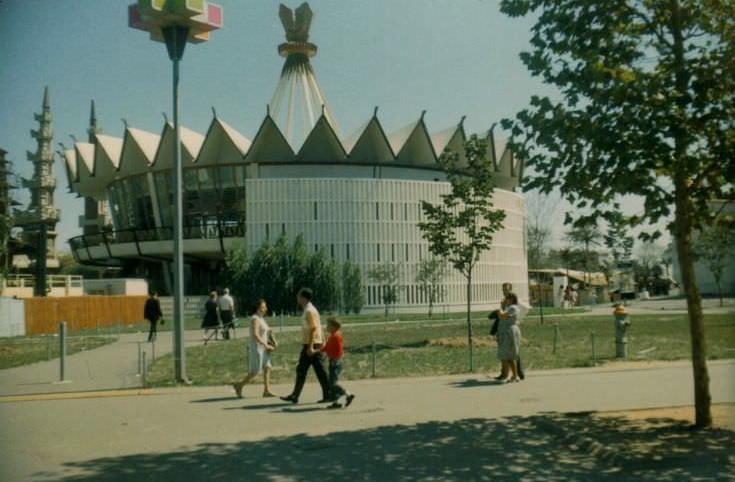
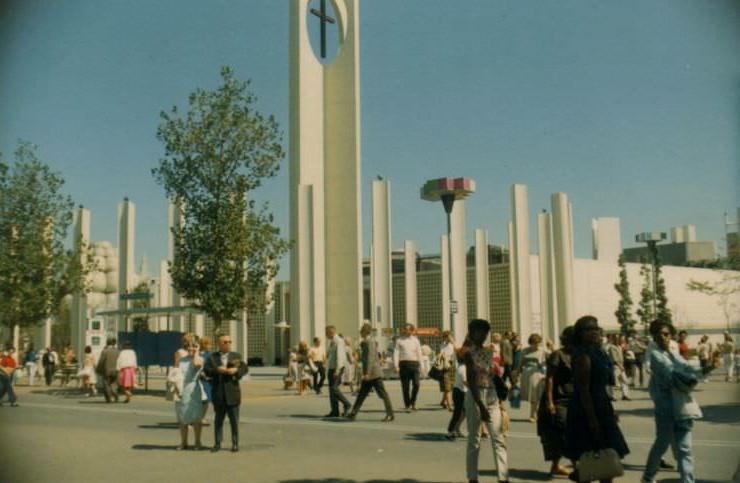
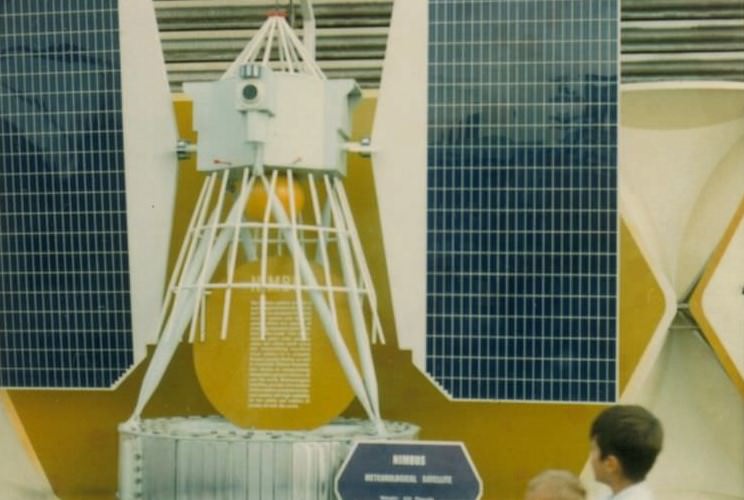
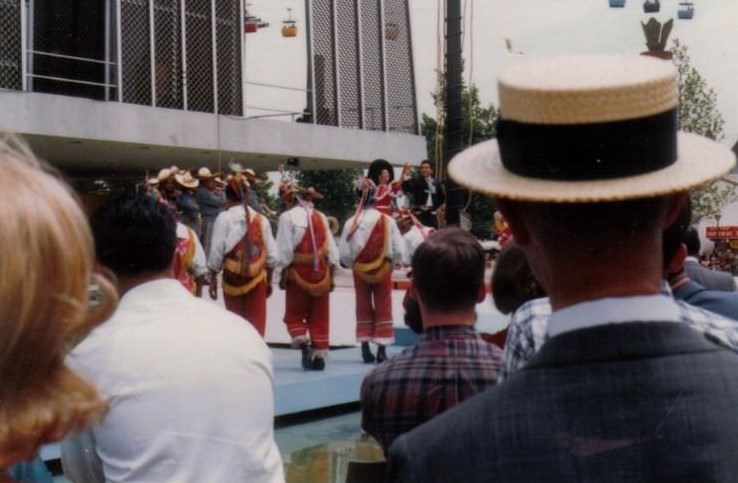
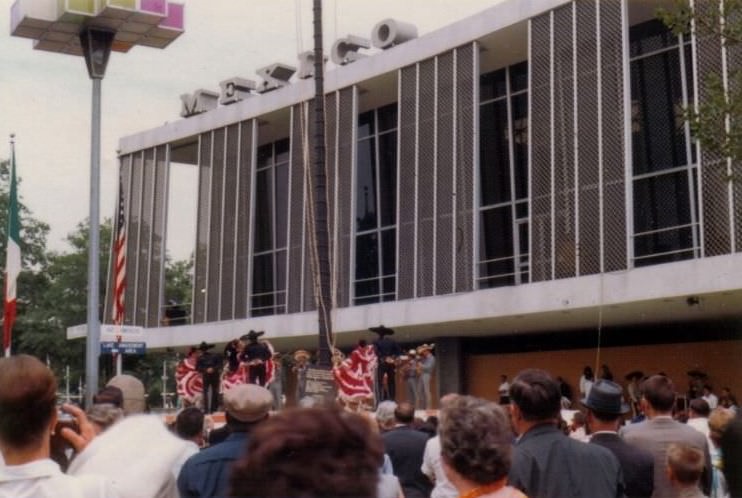
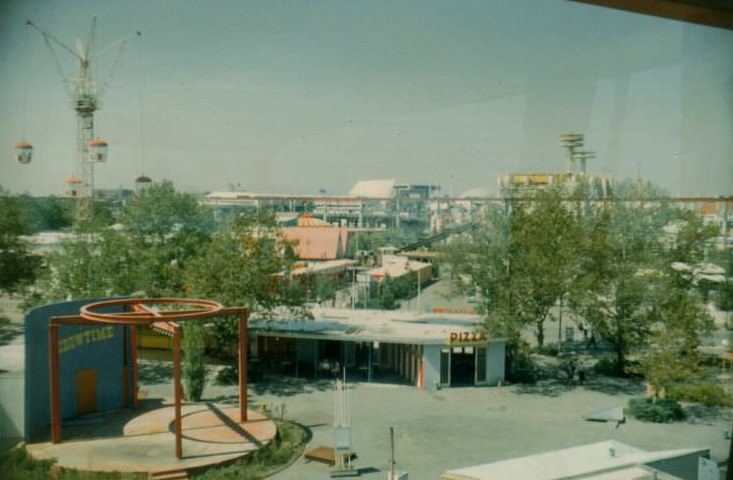
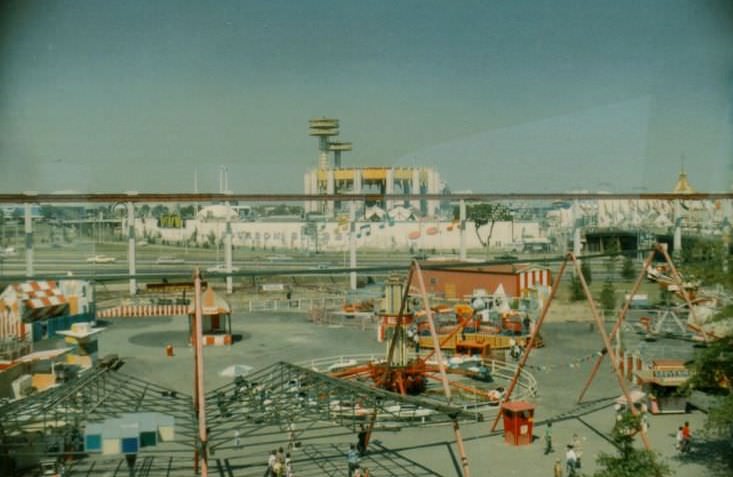
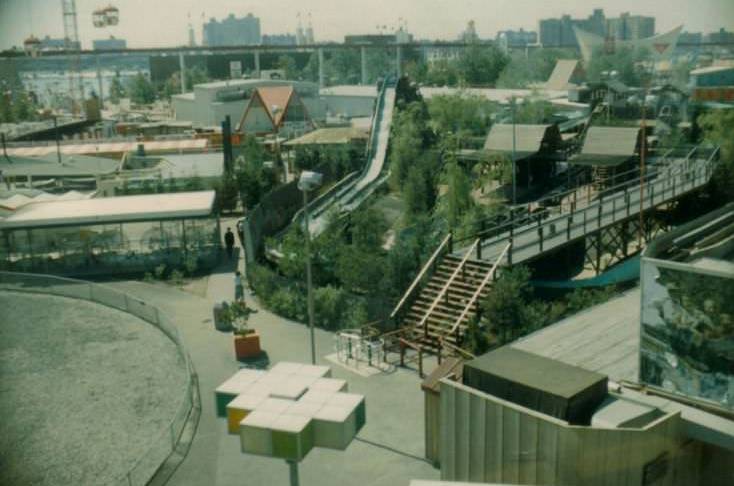
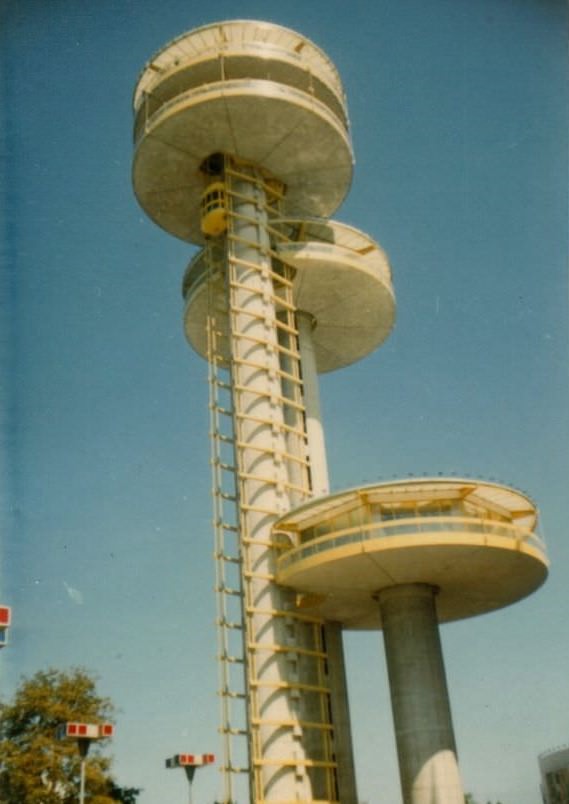
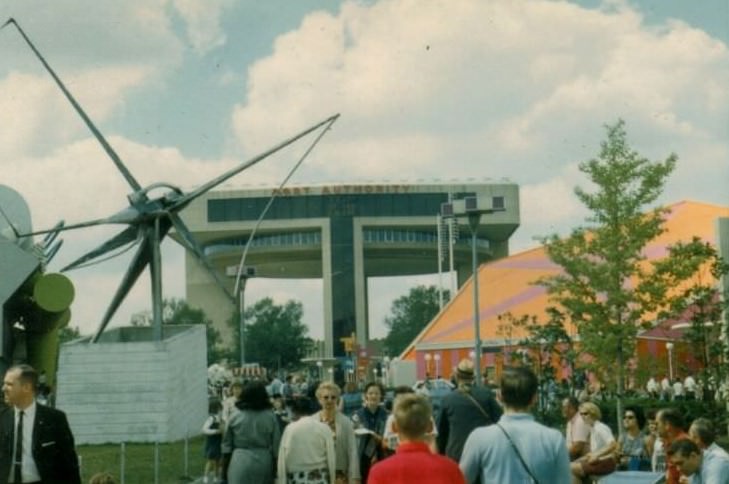
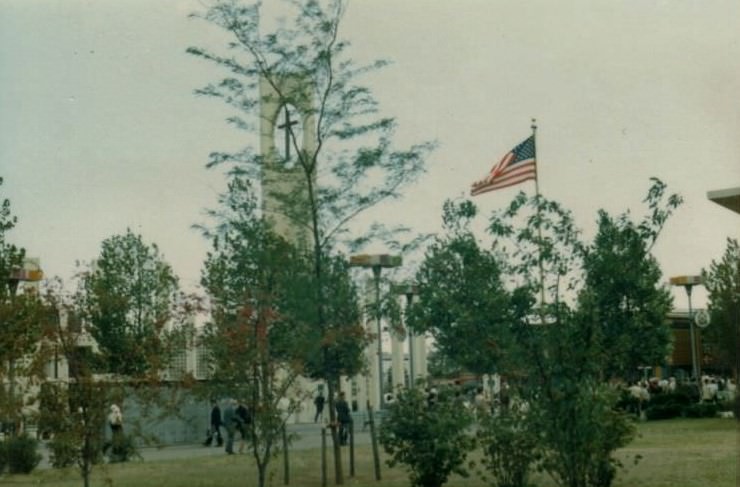
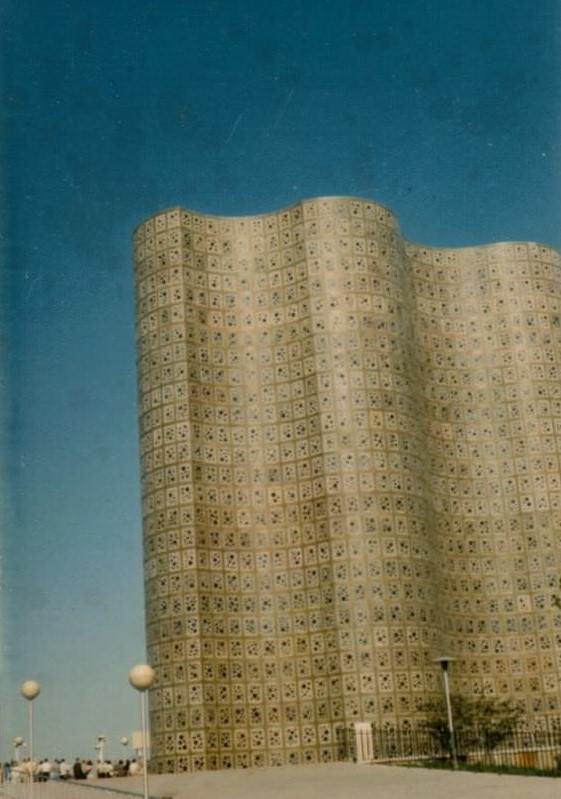
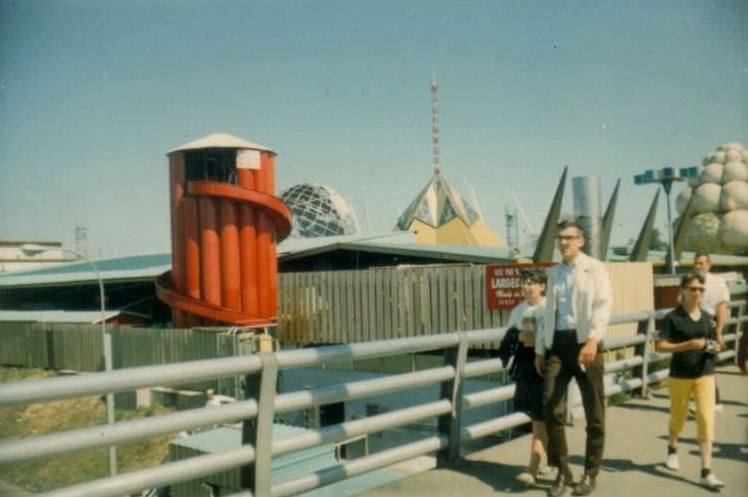
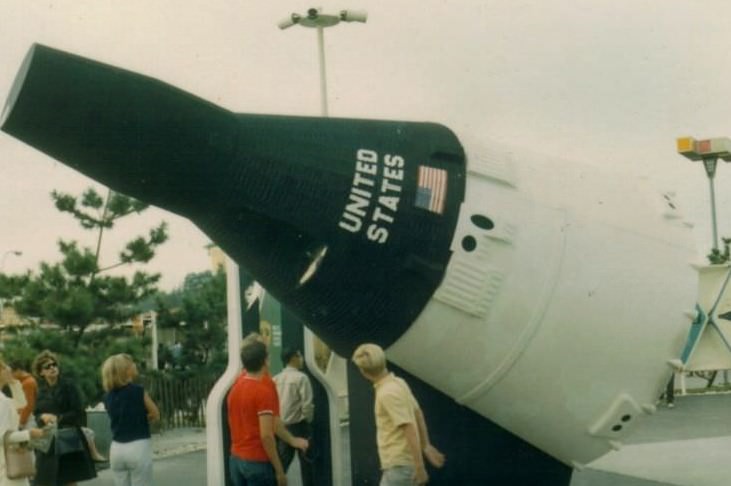
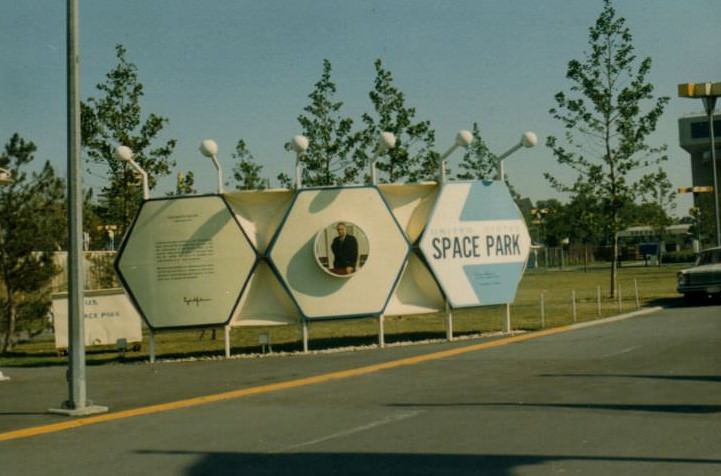
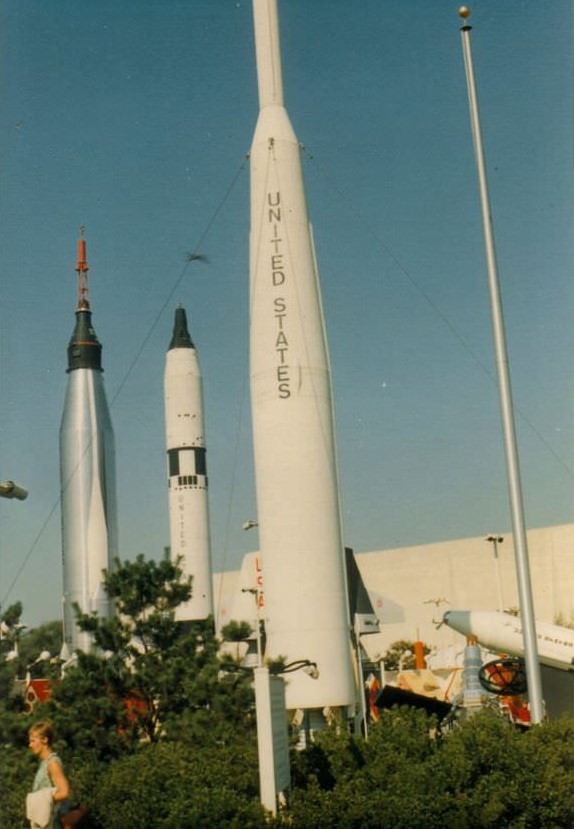
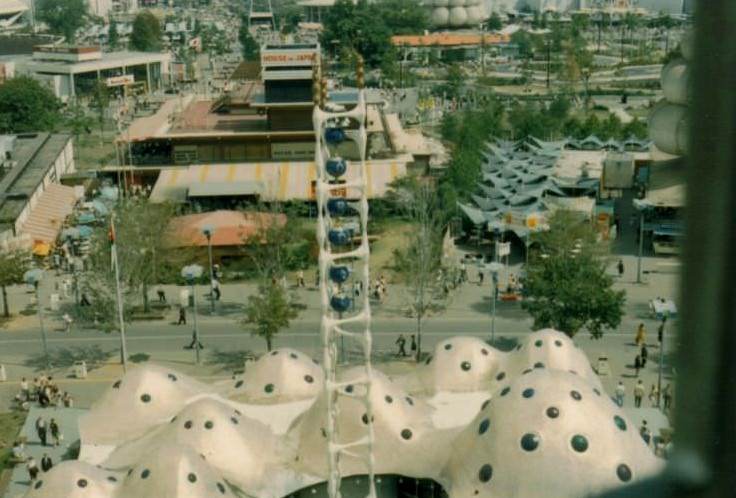
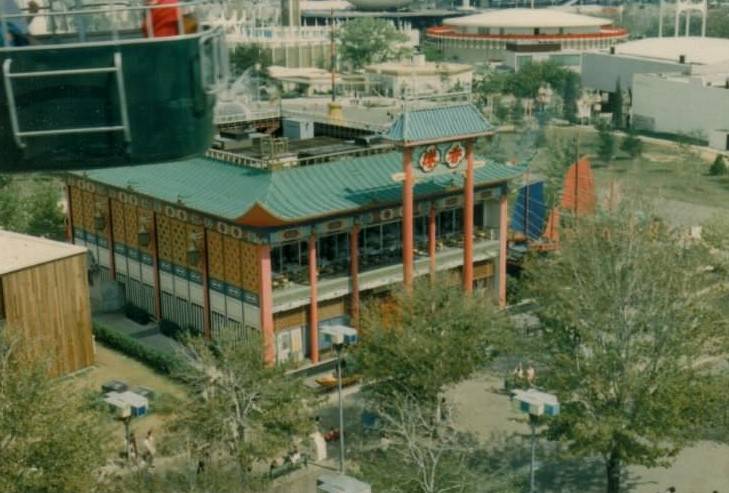
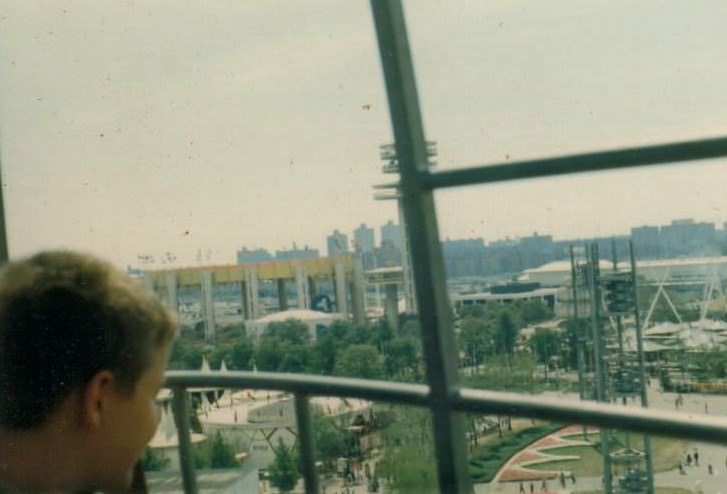
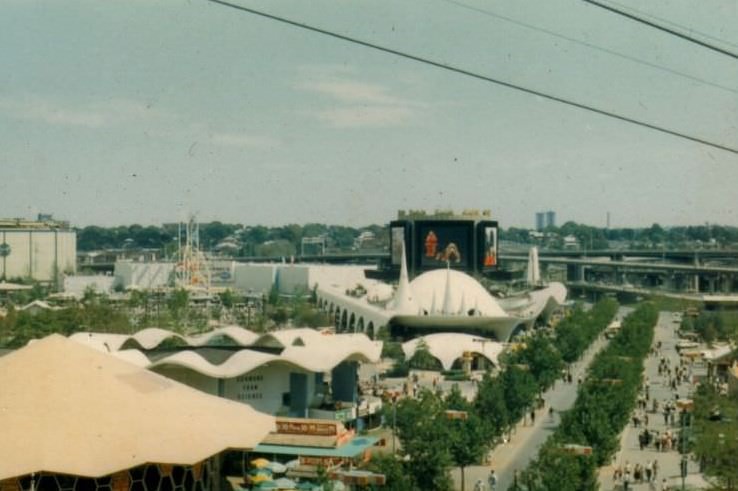
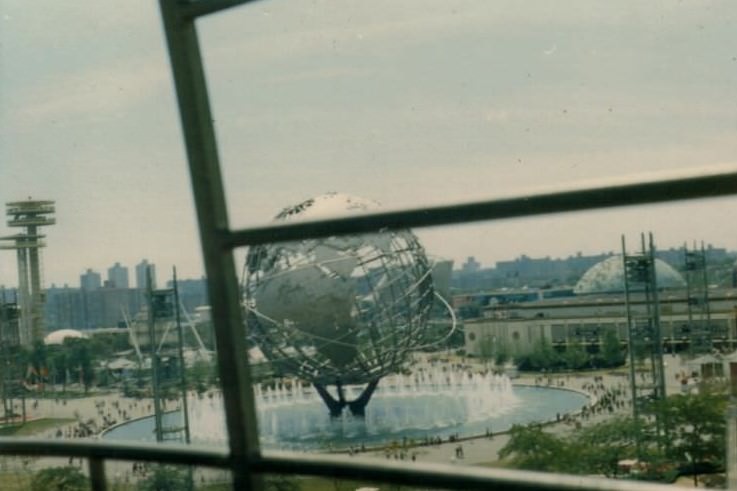
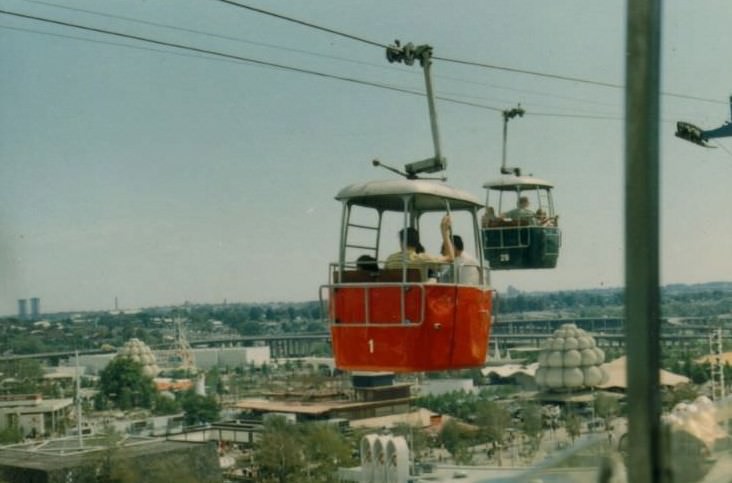
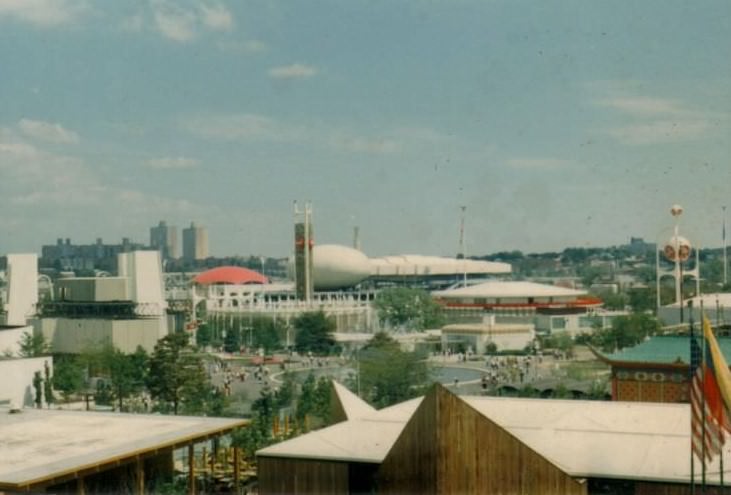
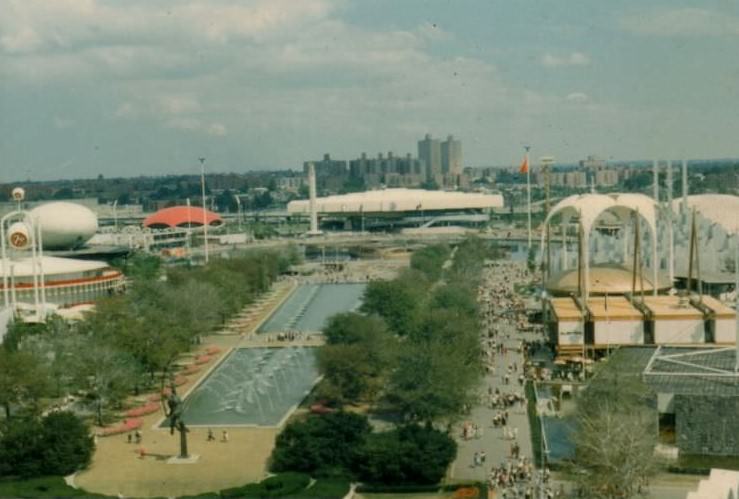
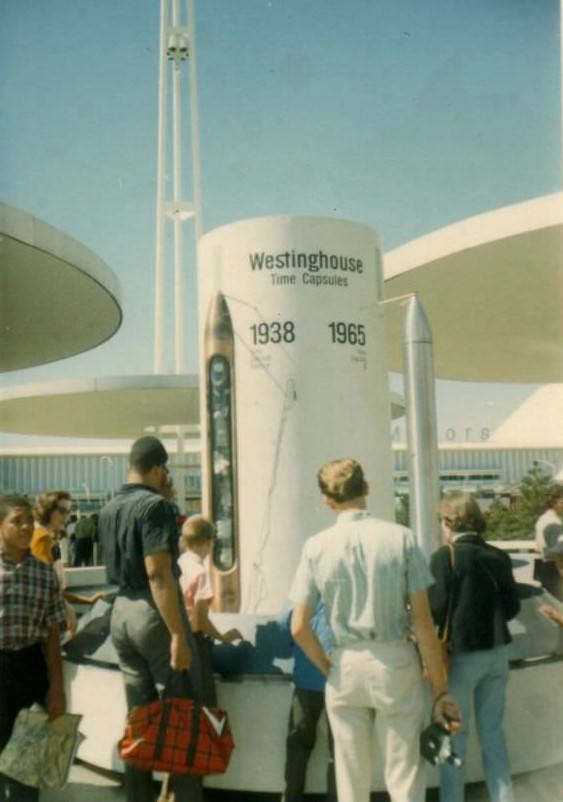
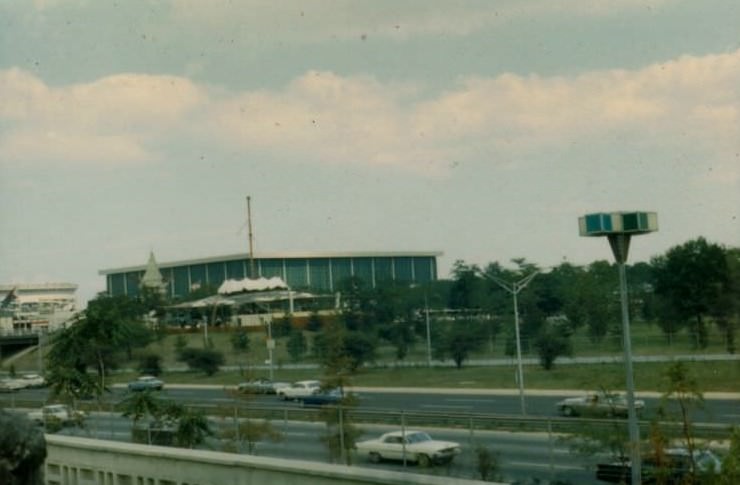
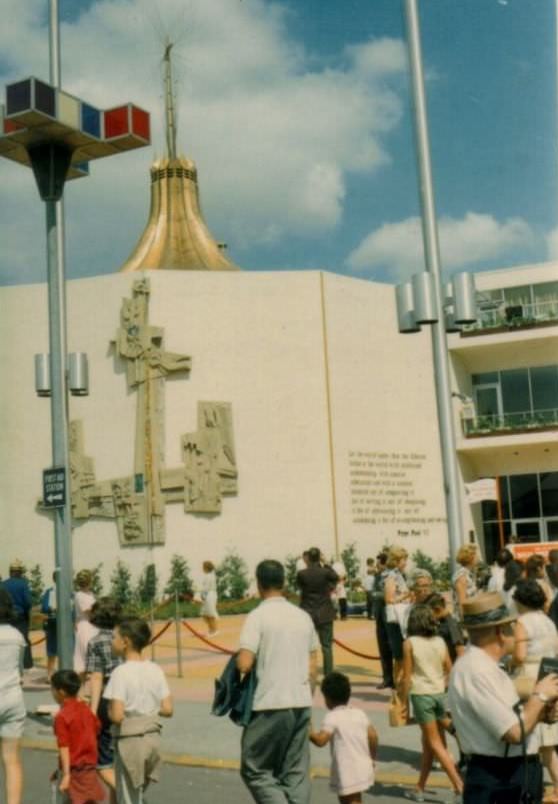
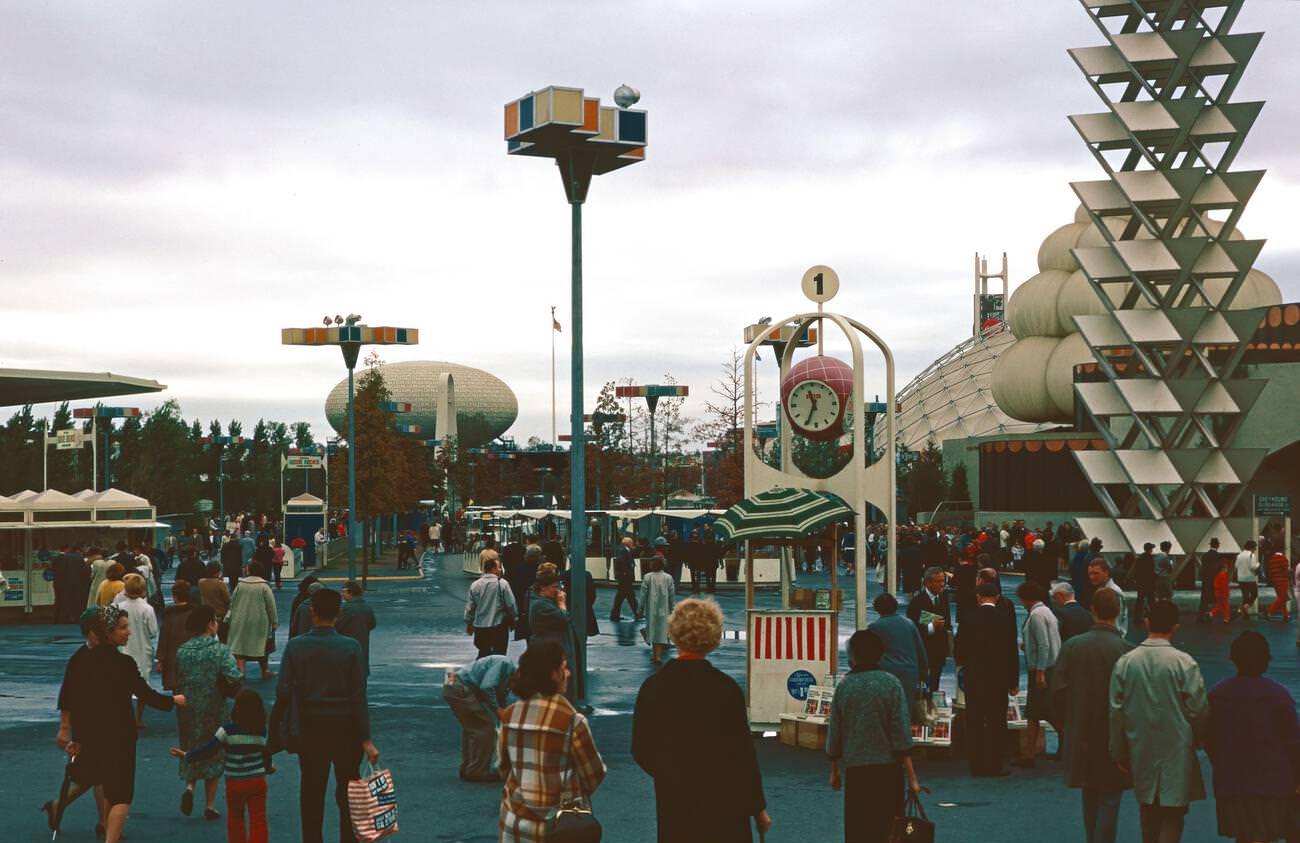
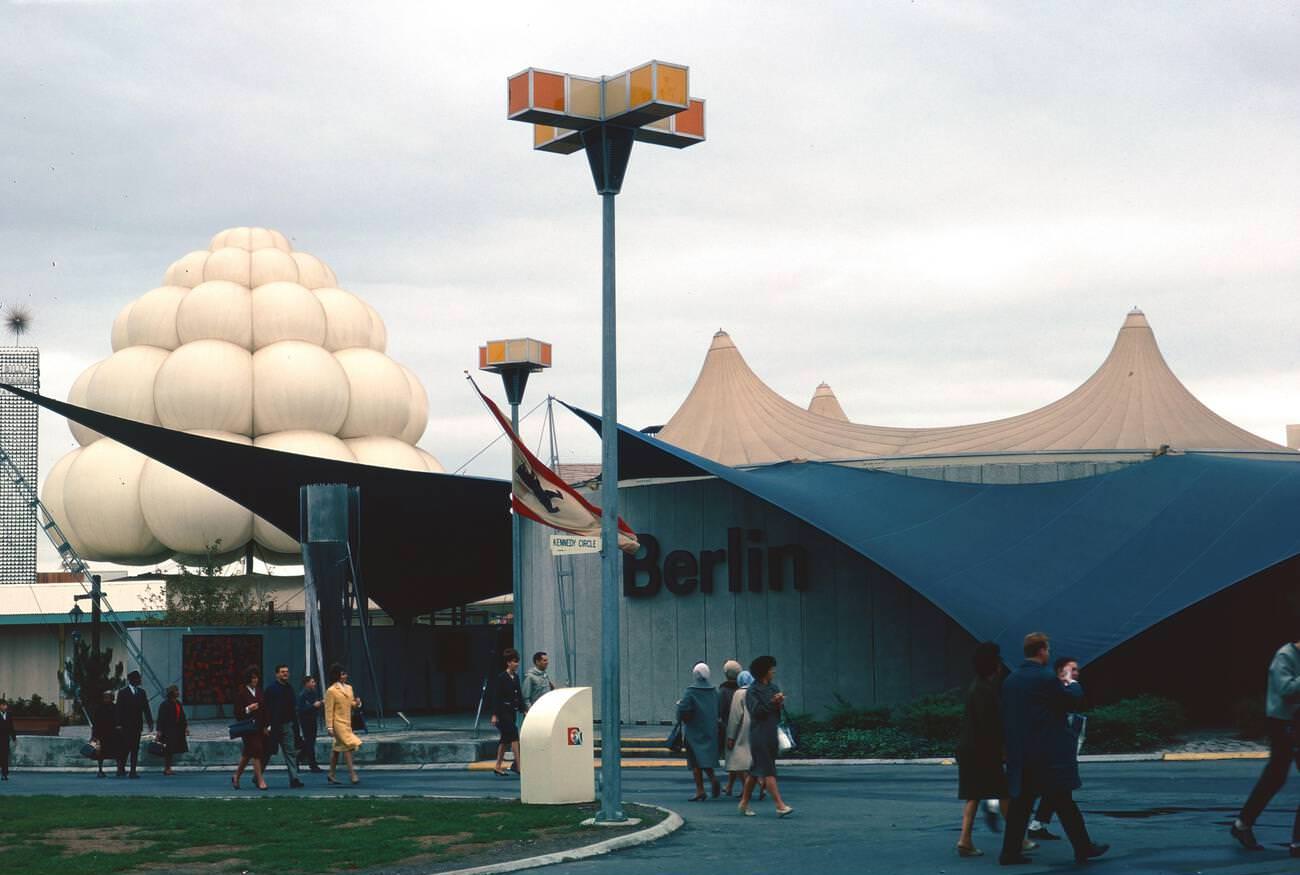
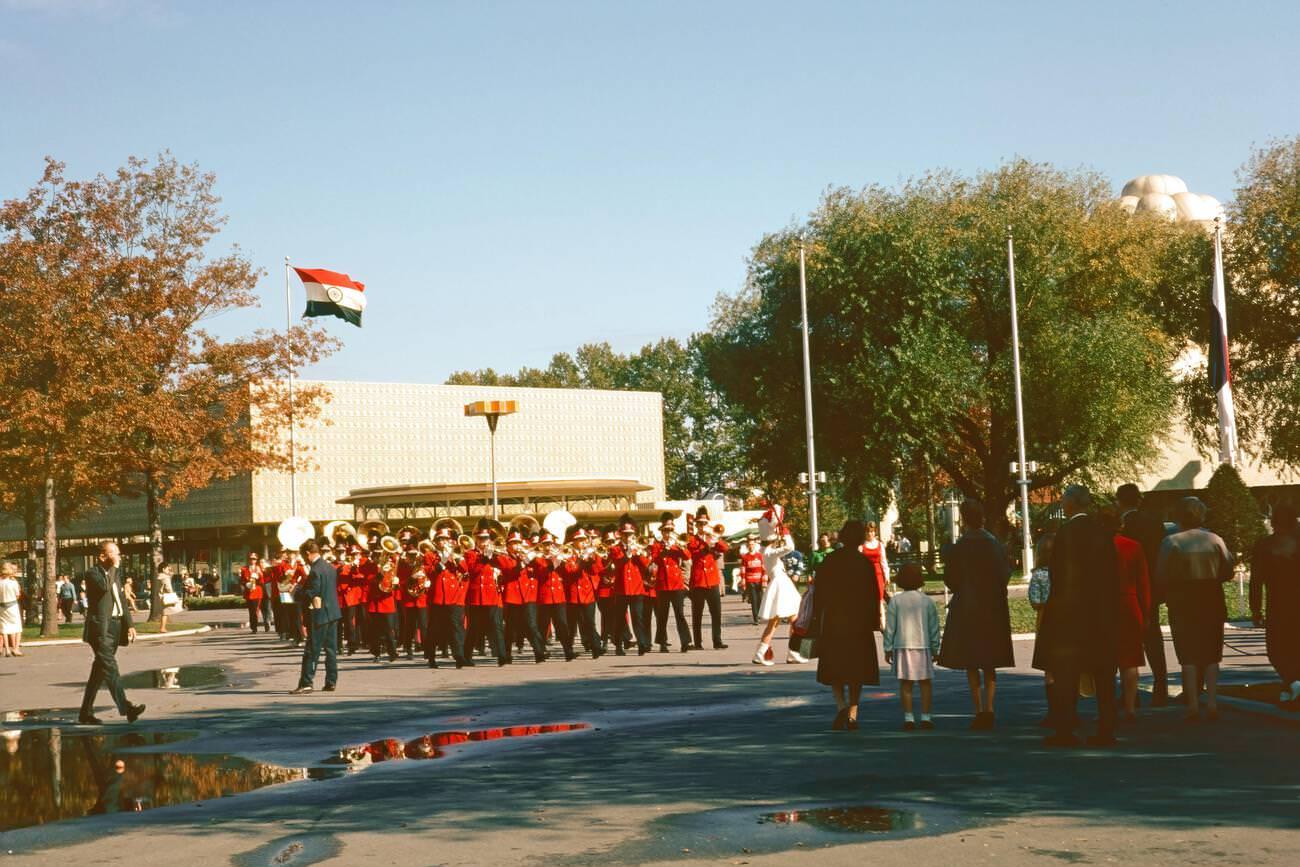
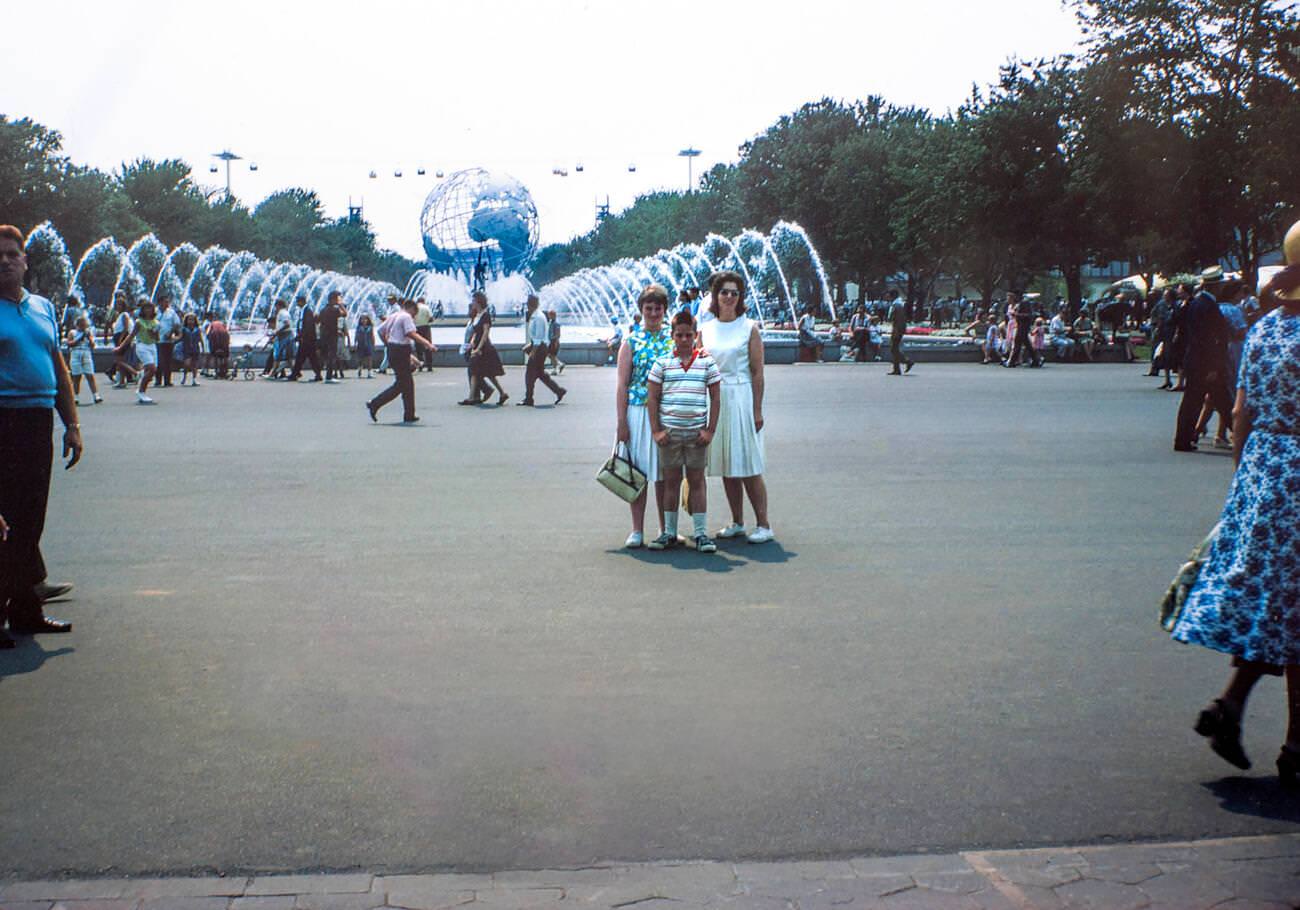
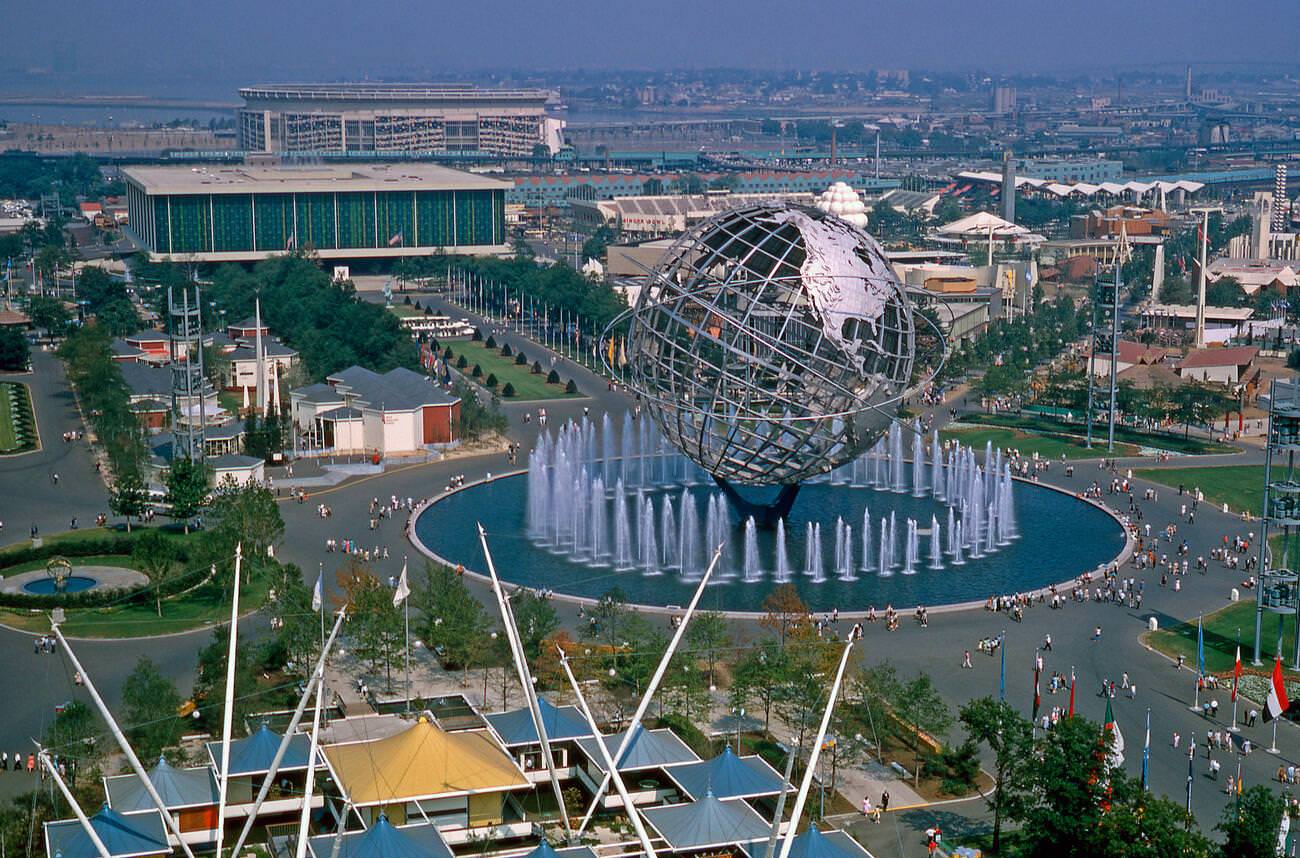
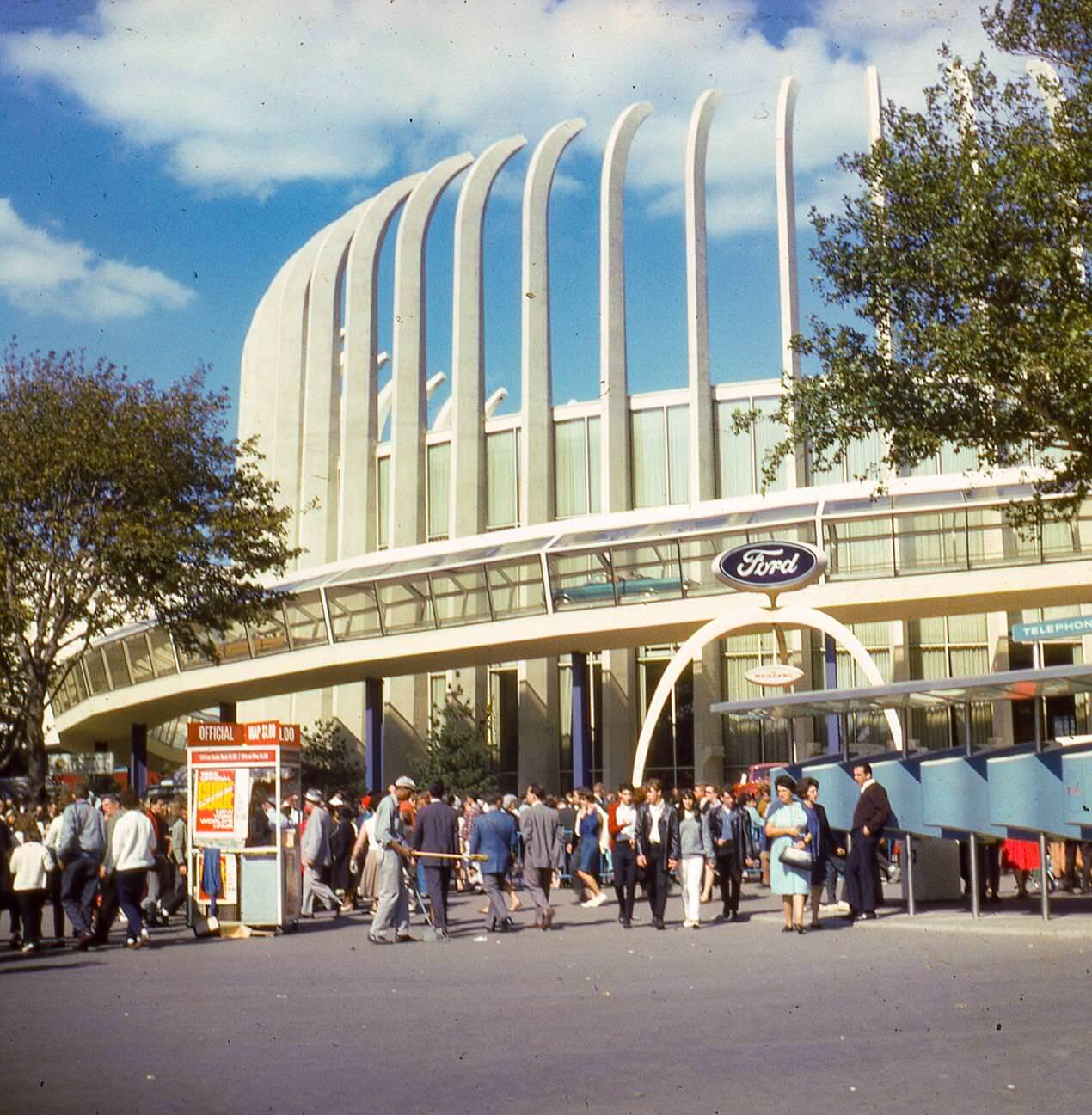
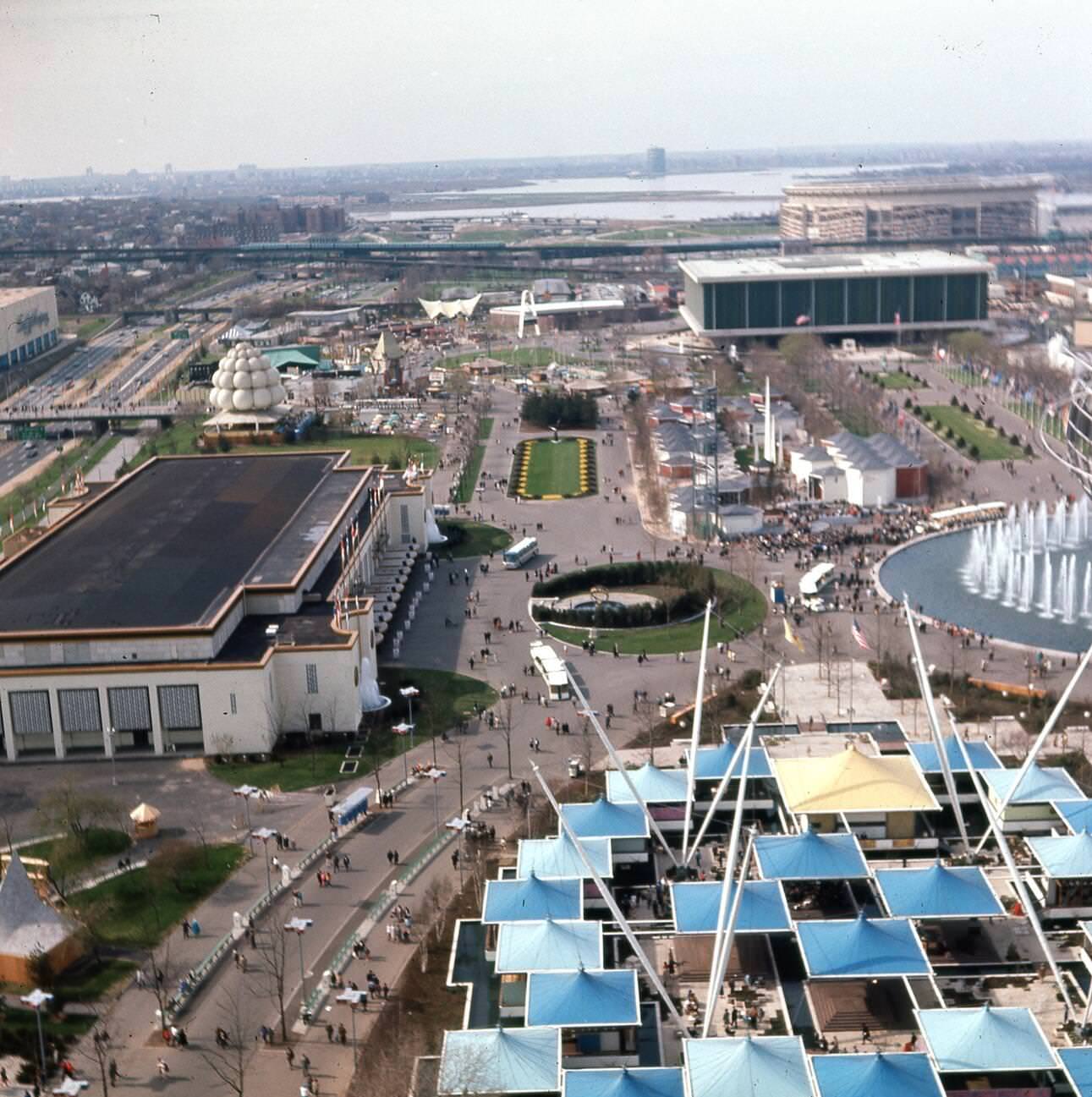
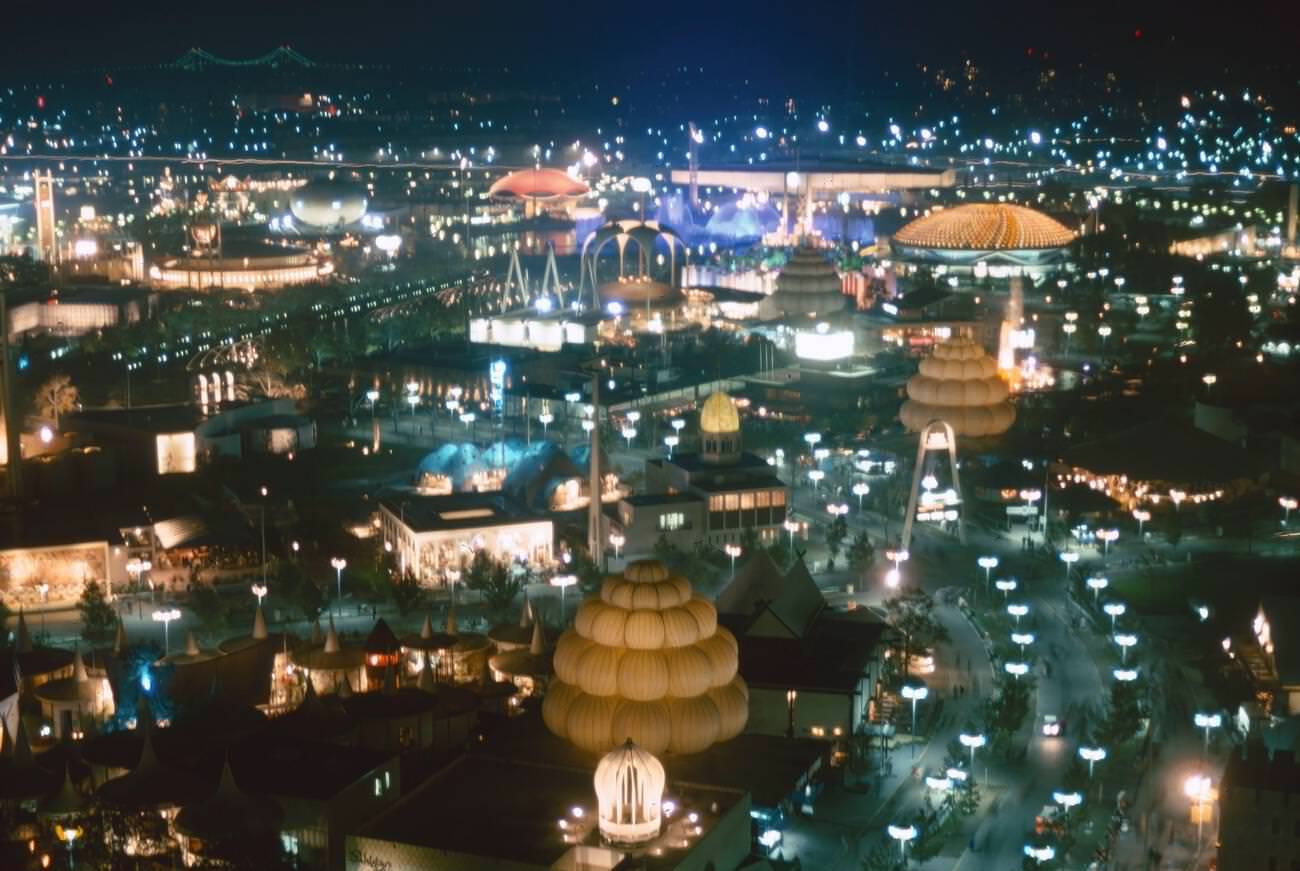
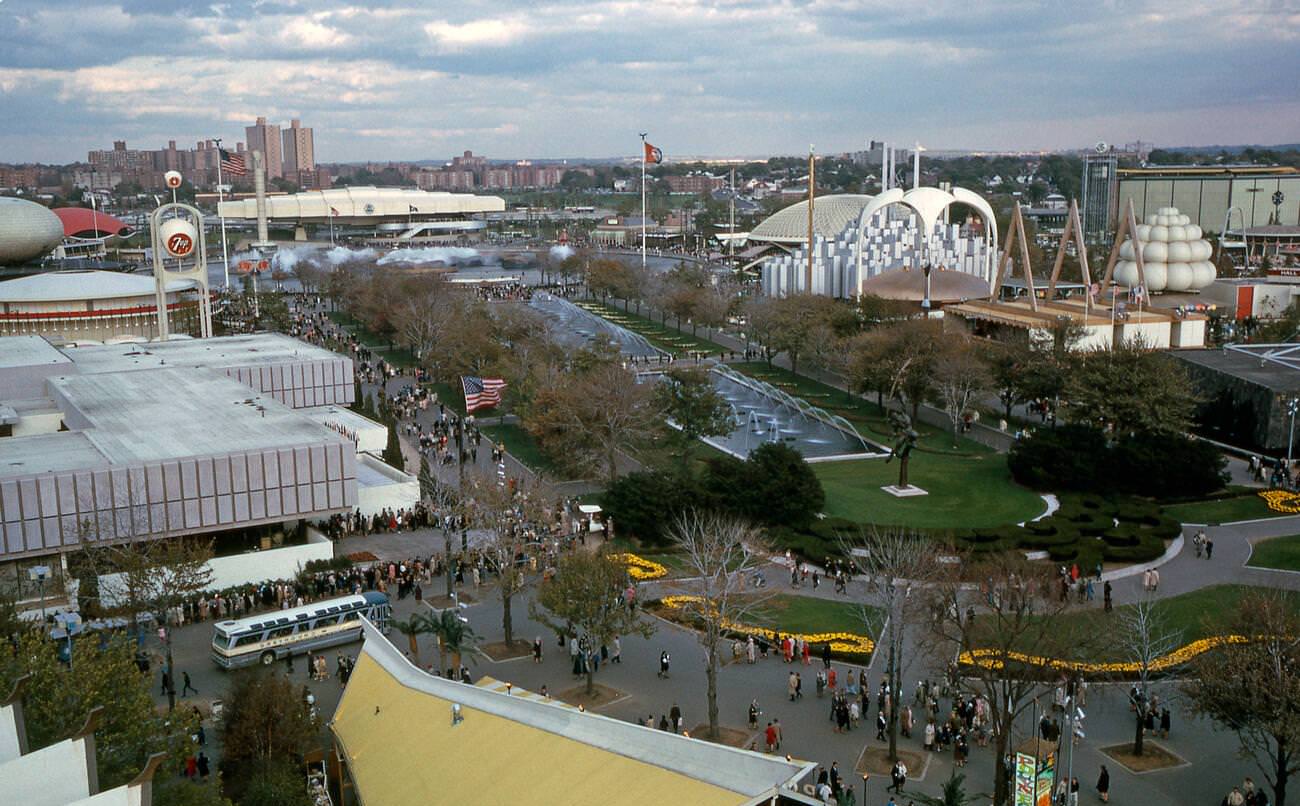
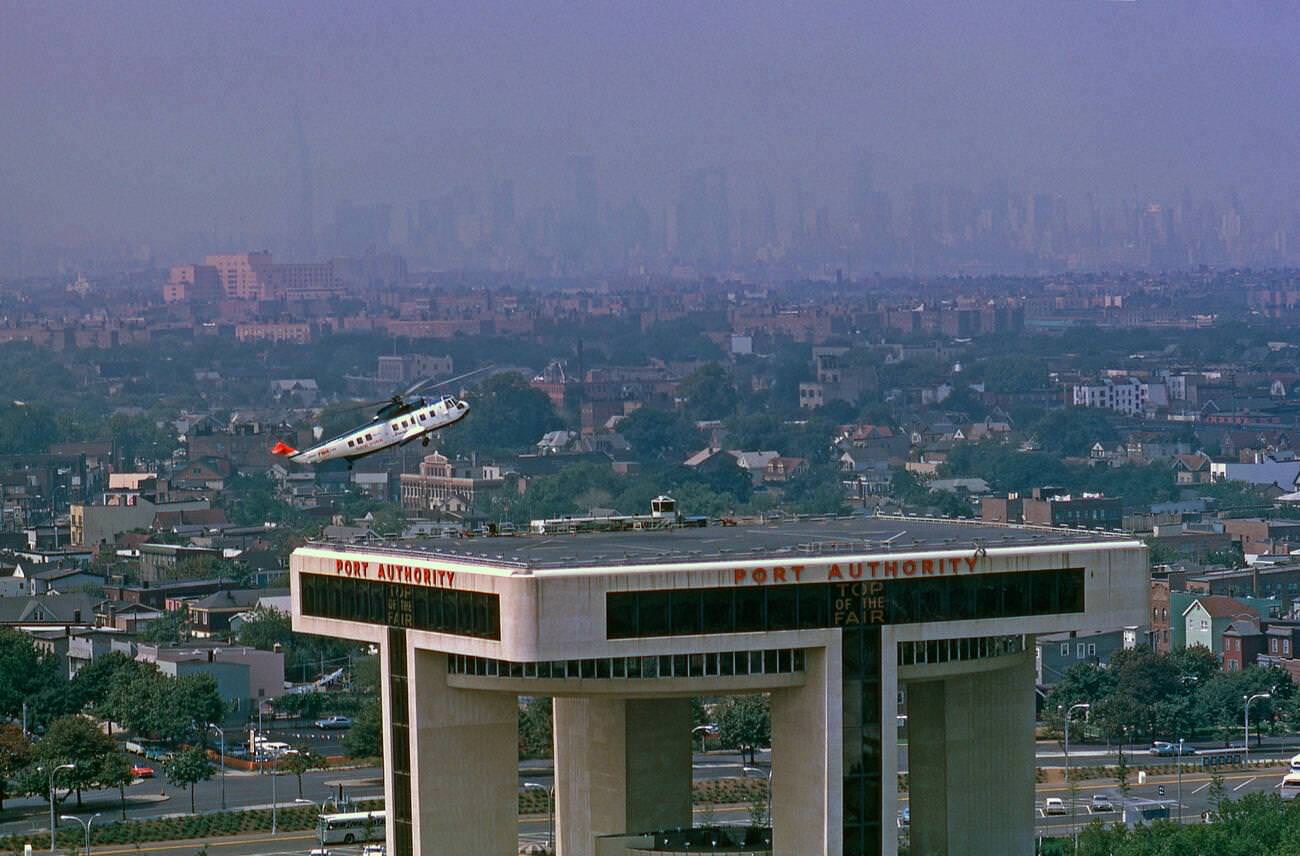
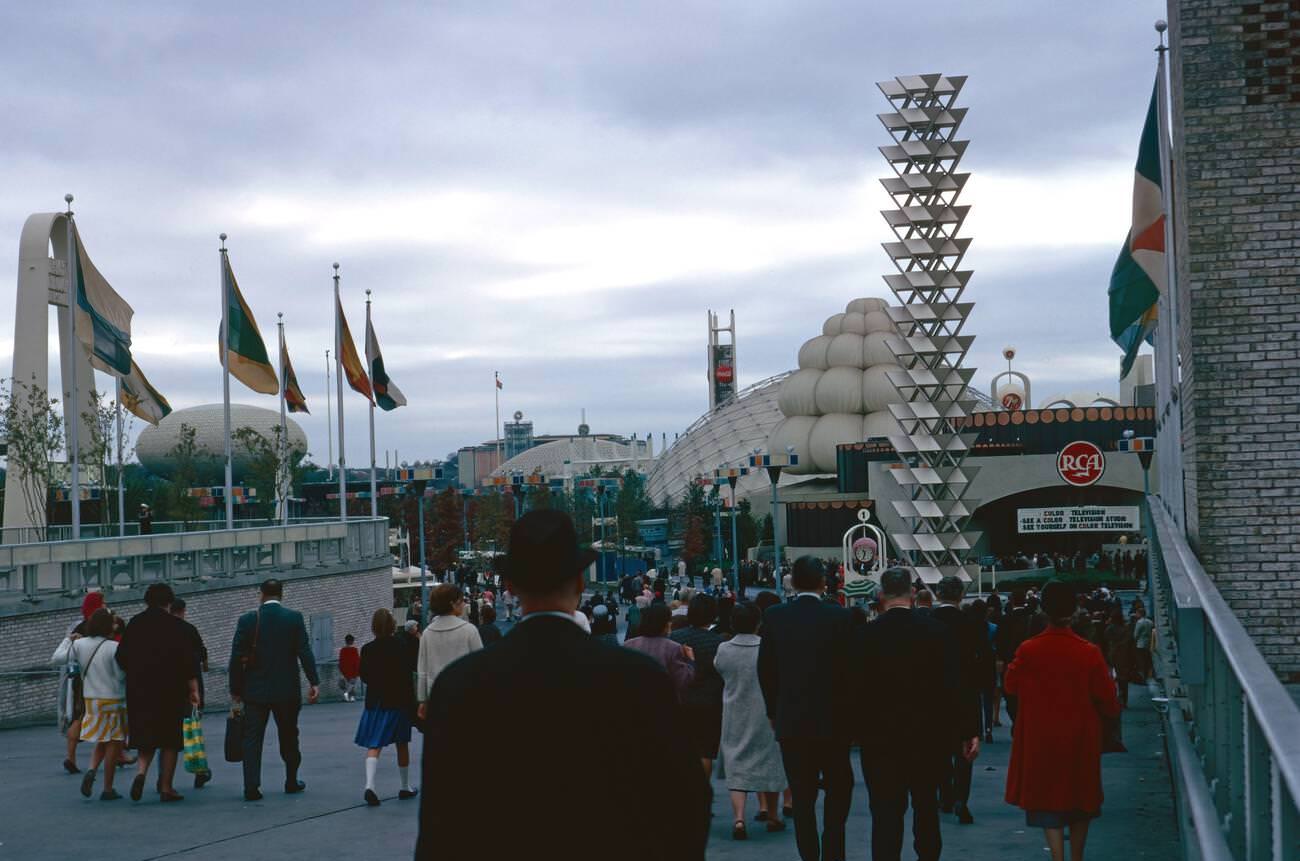
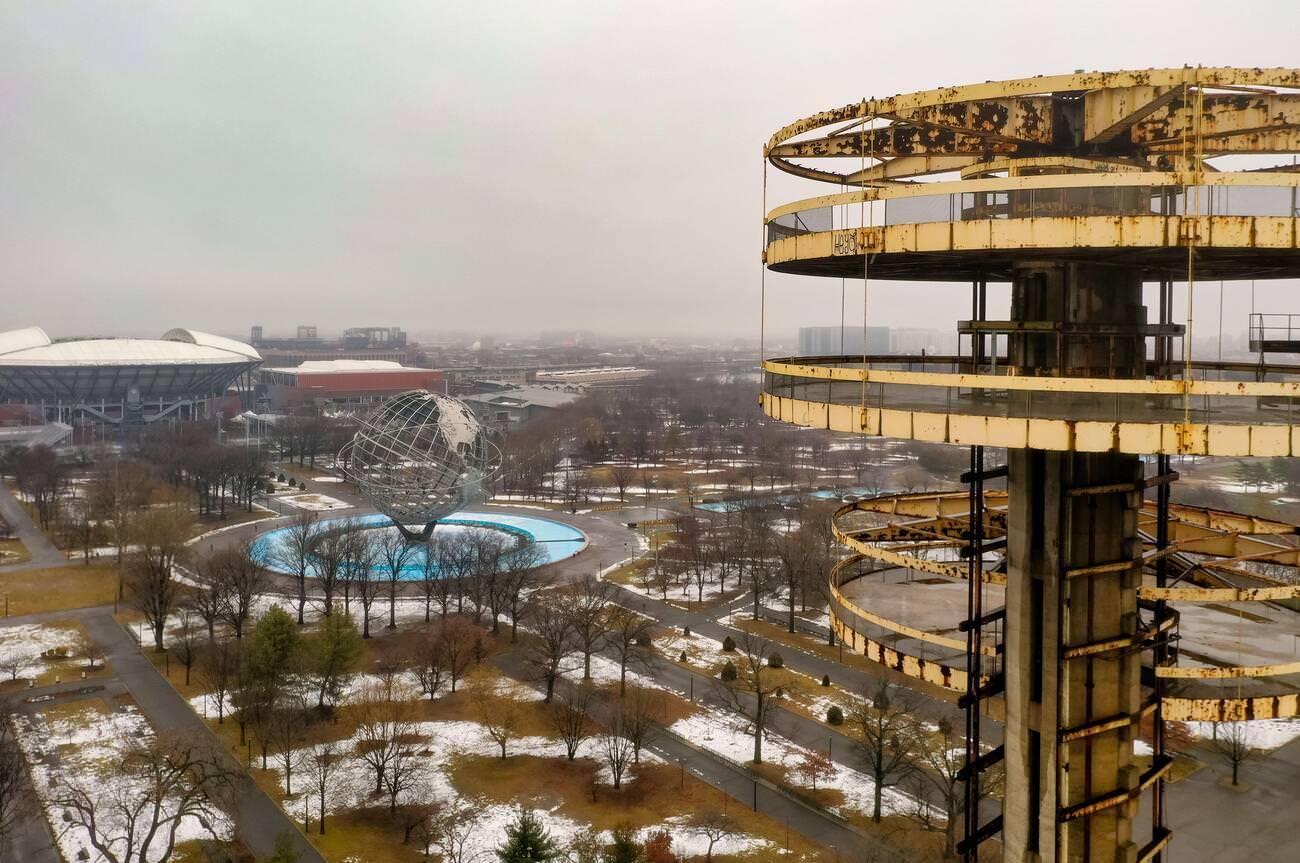
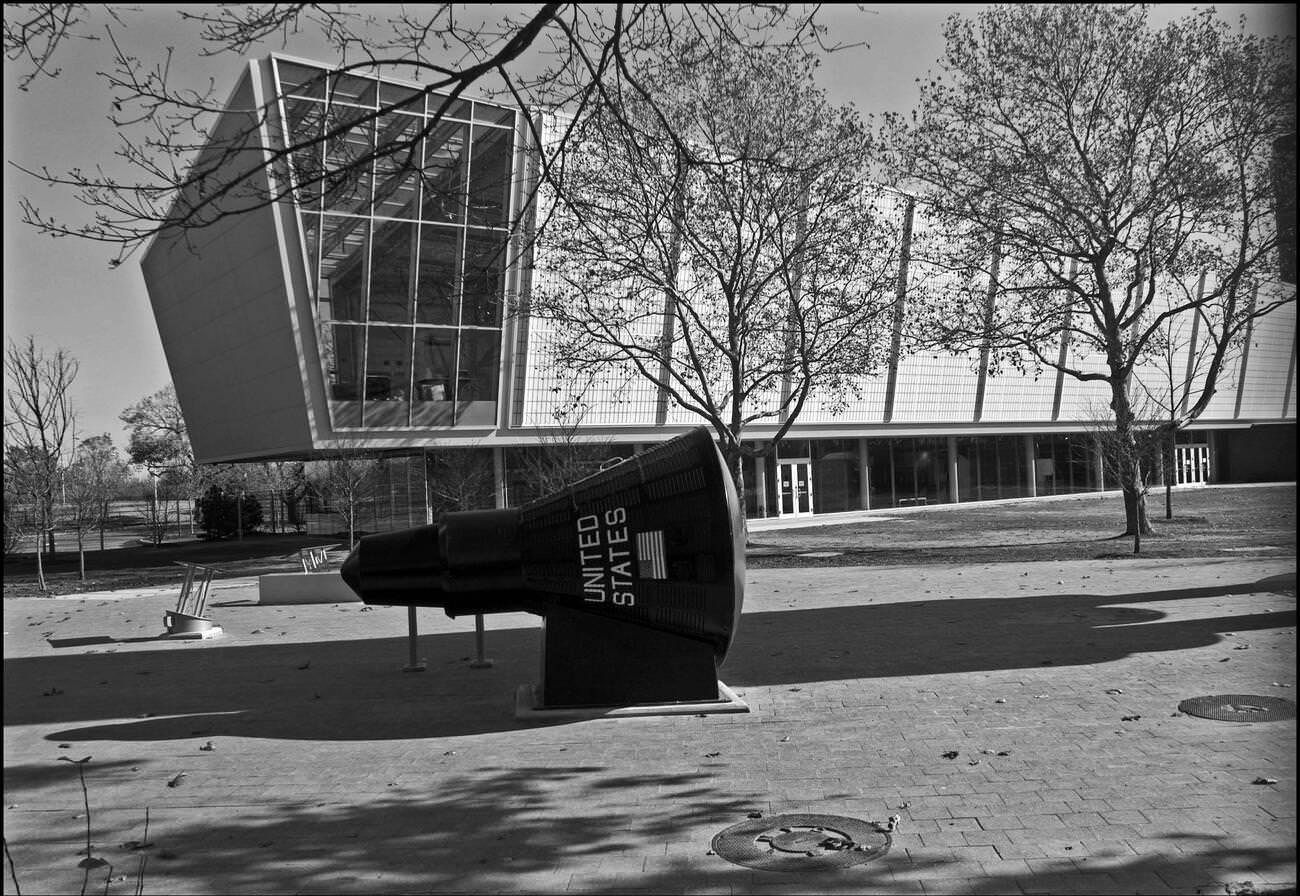
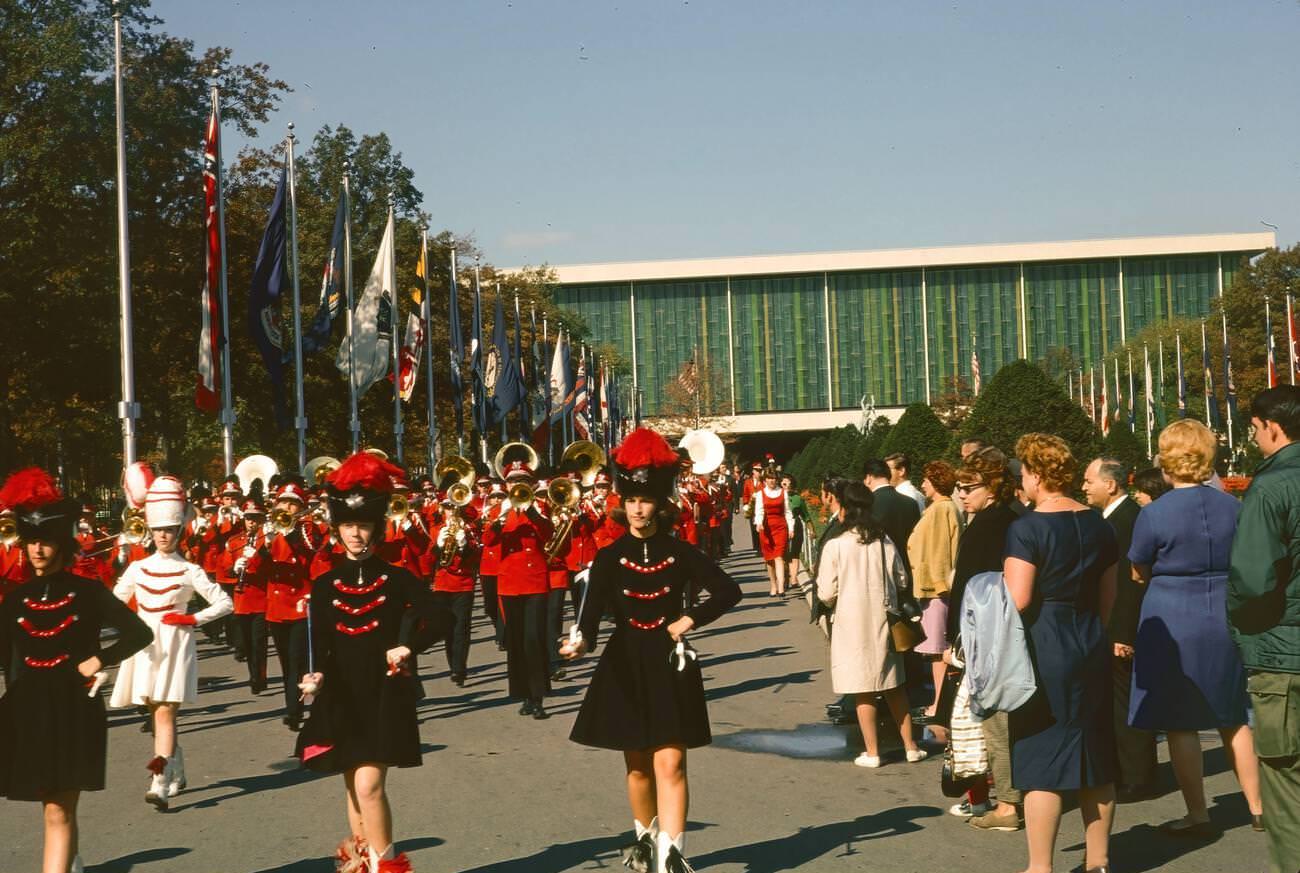
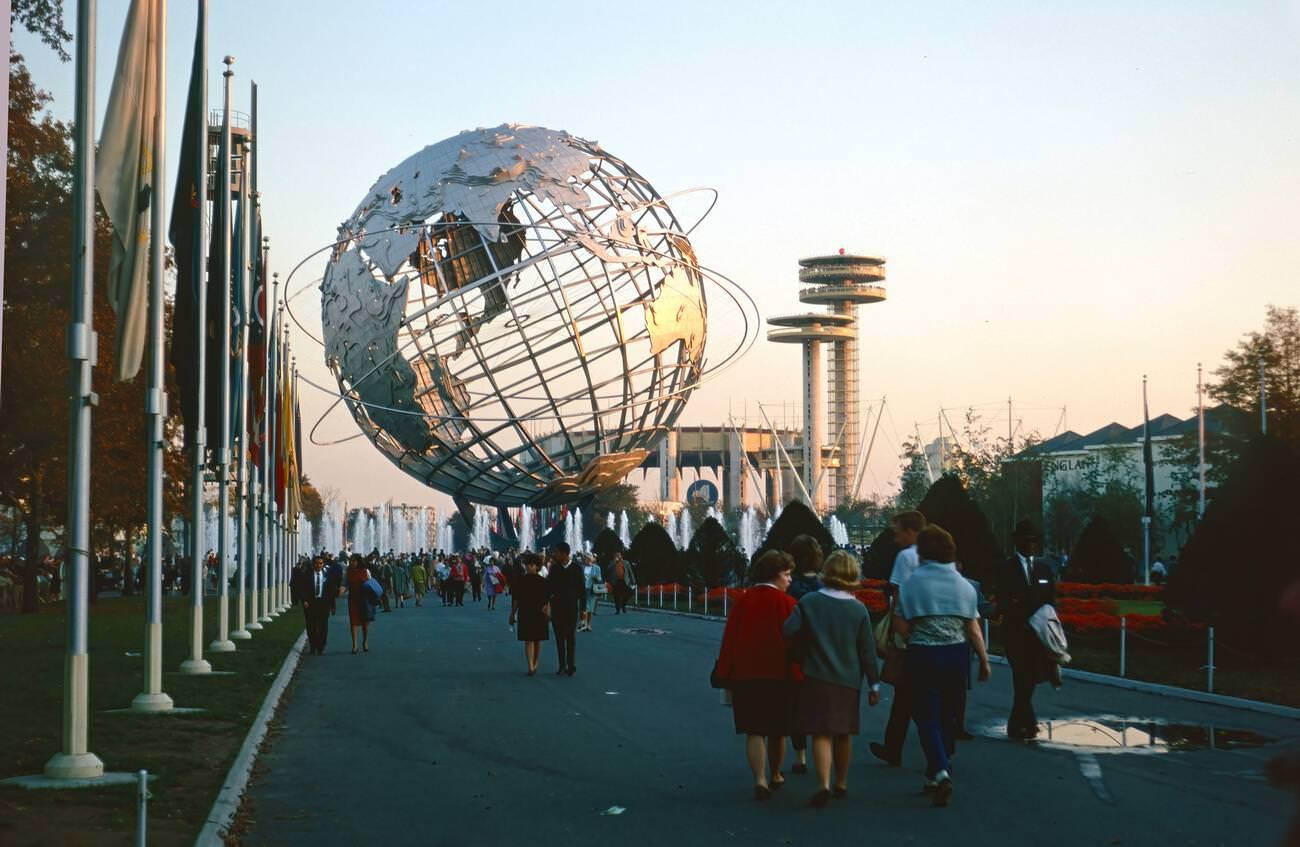

GIPHY App Key not set. Please check settings